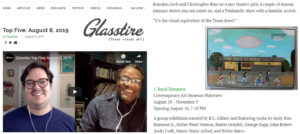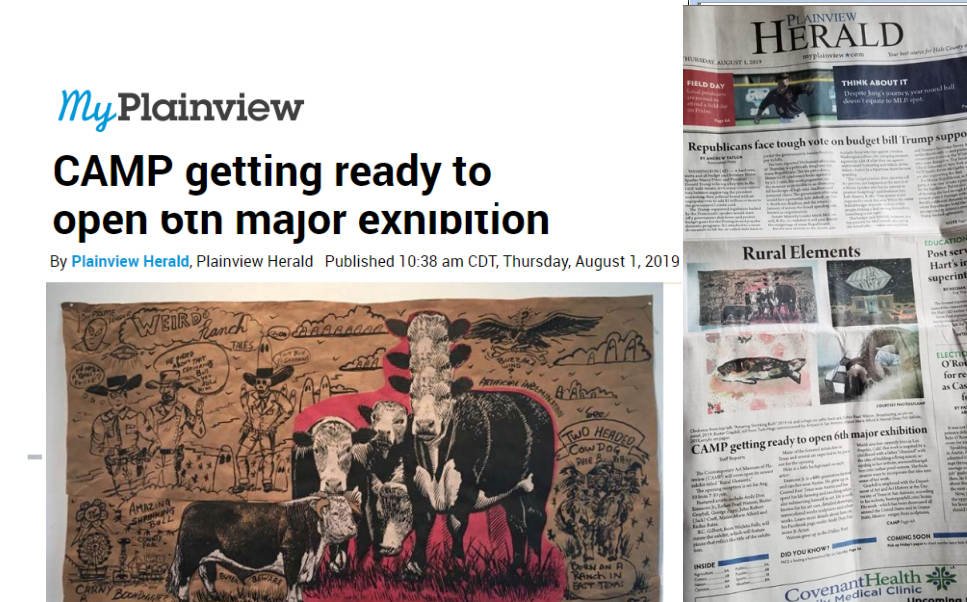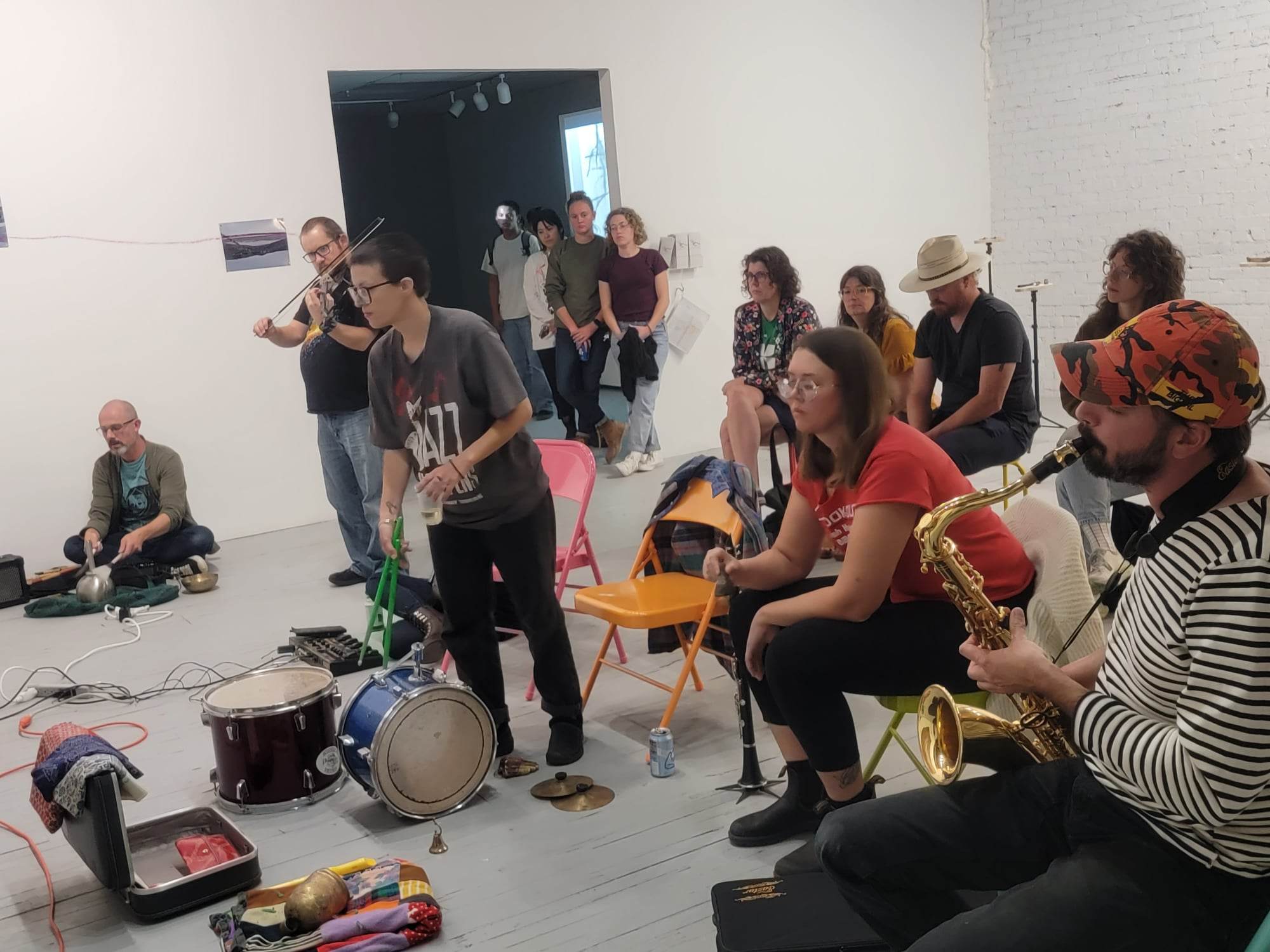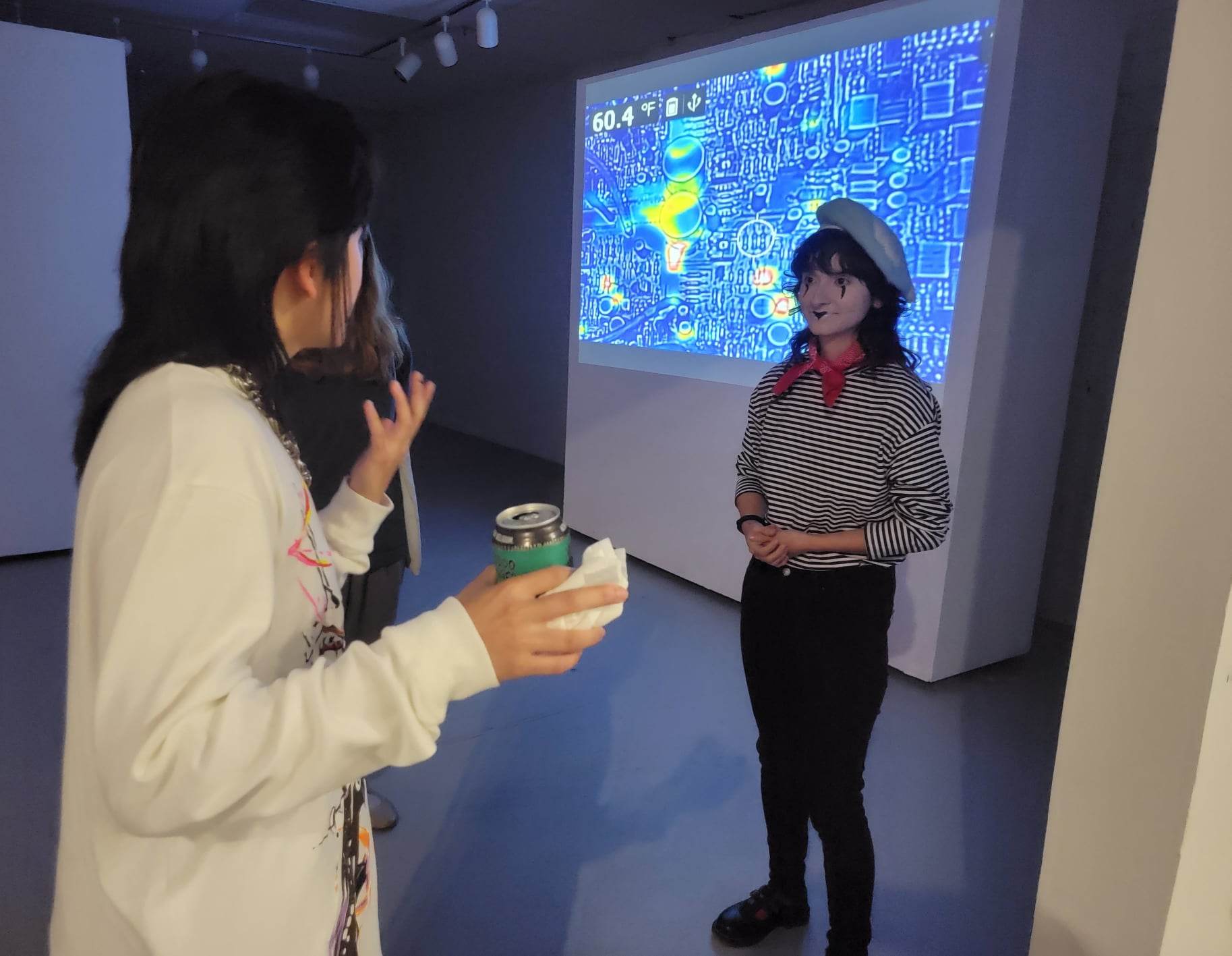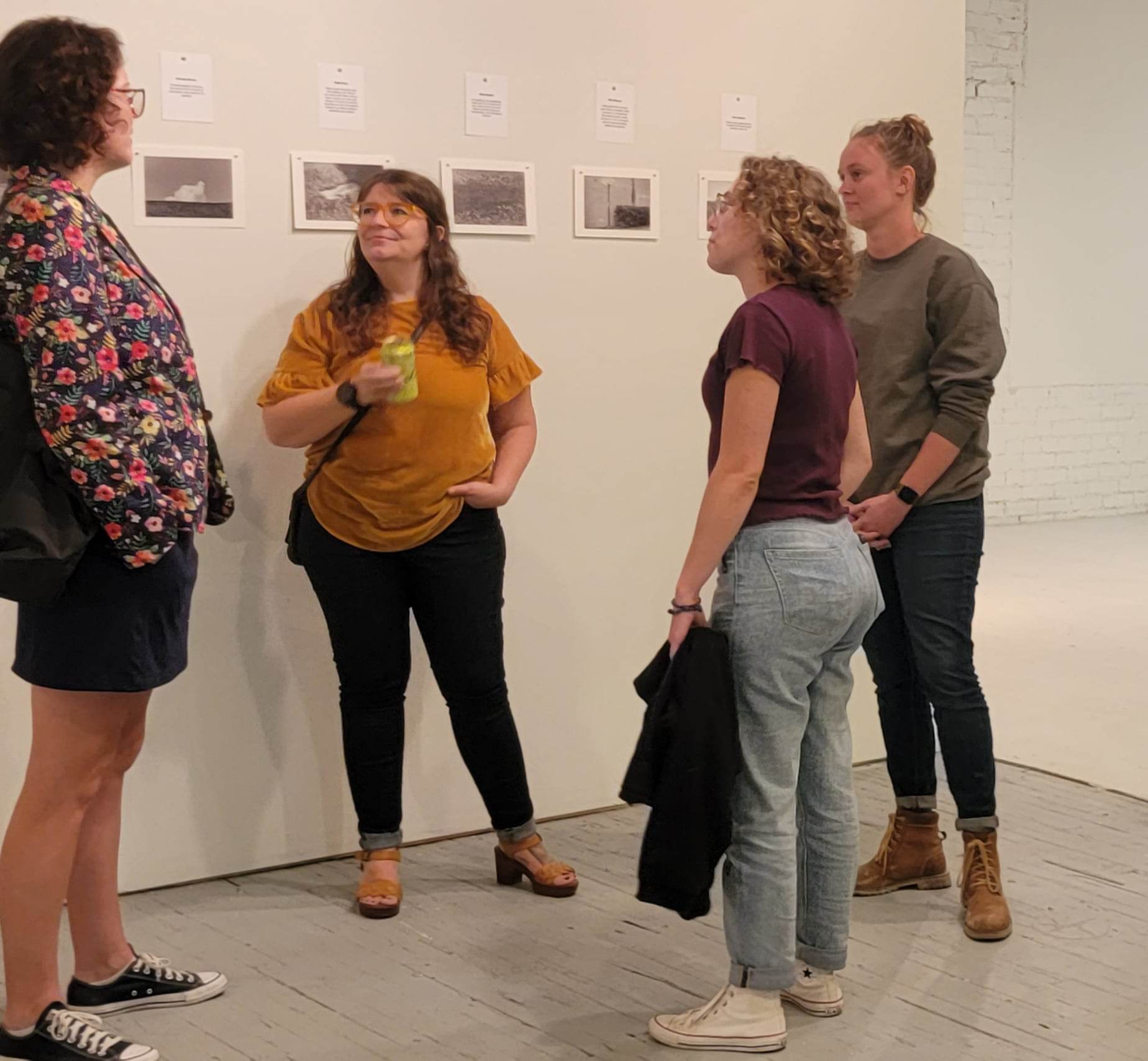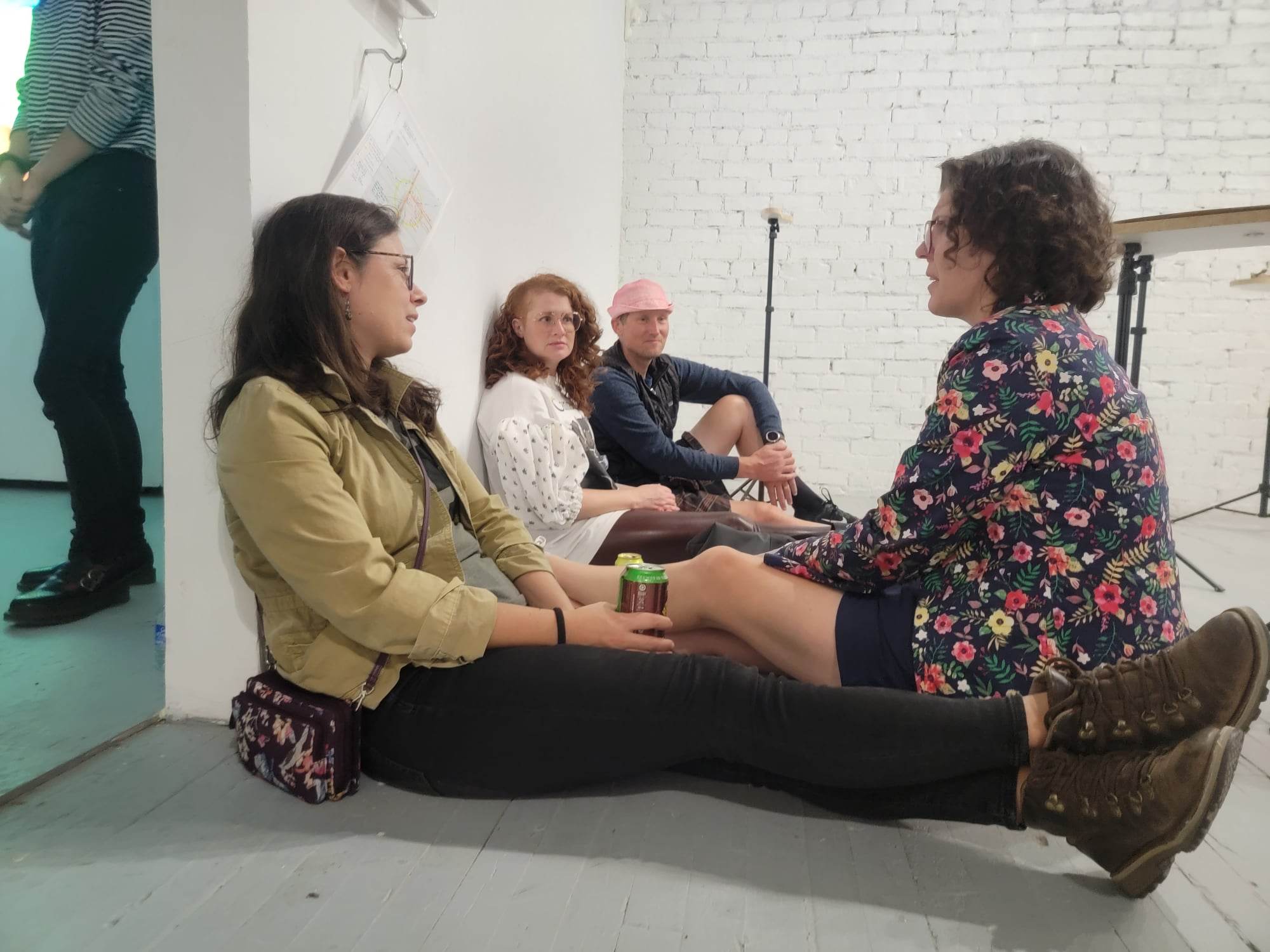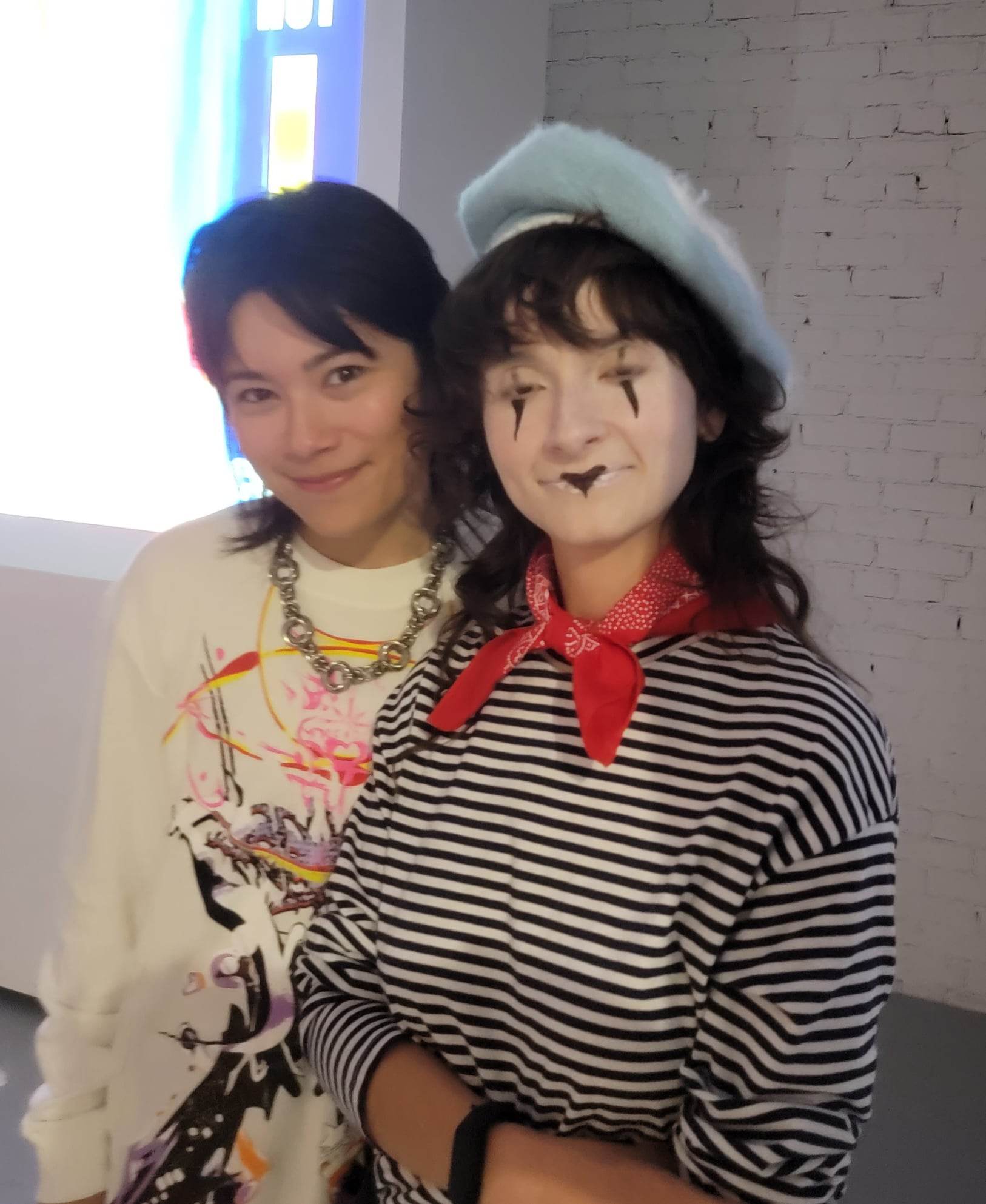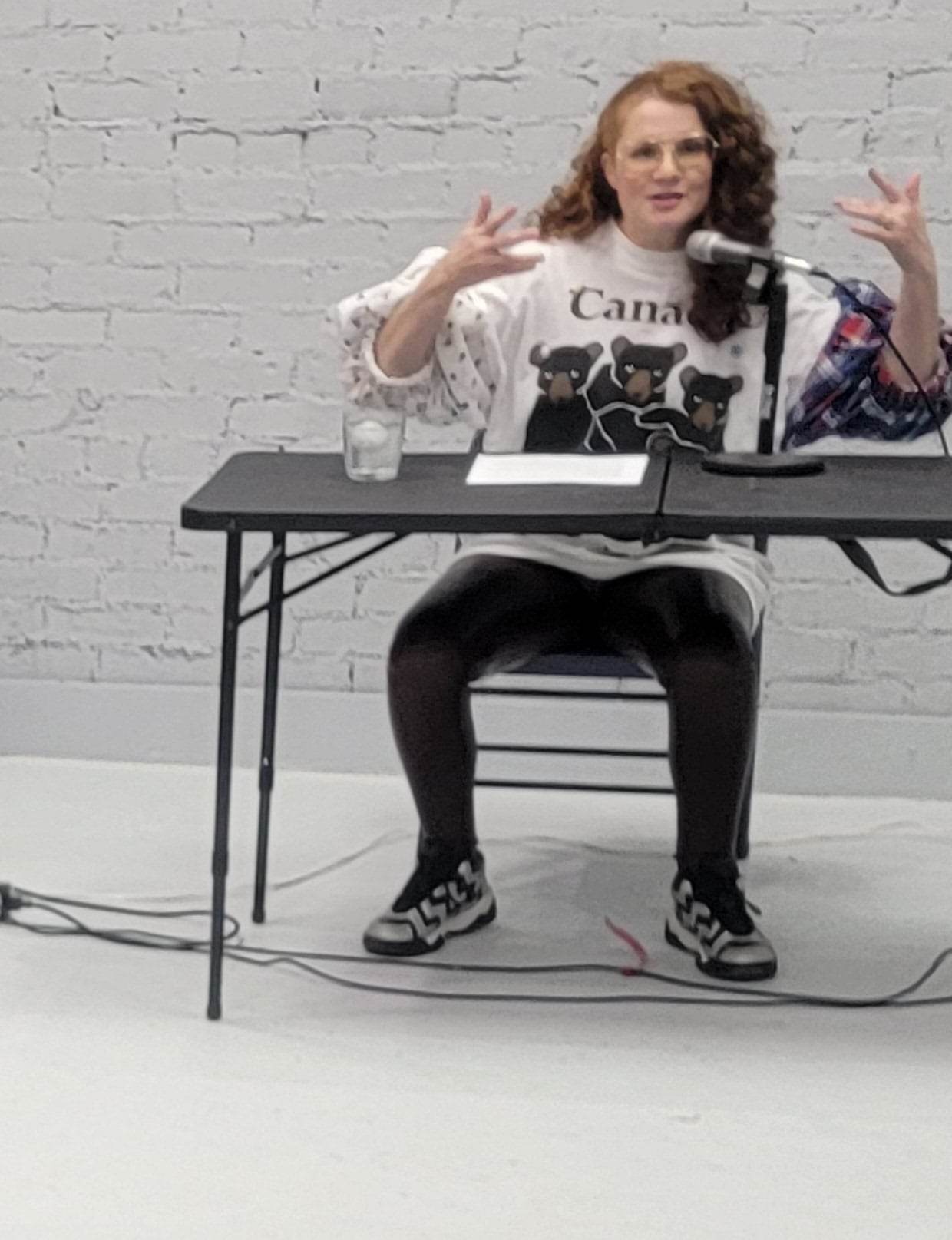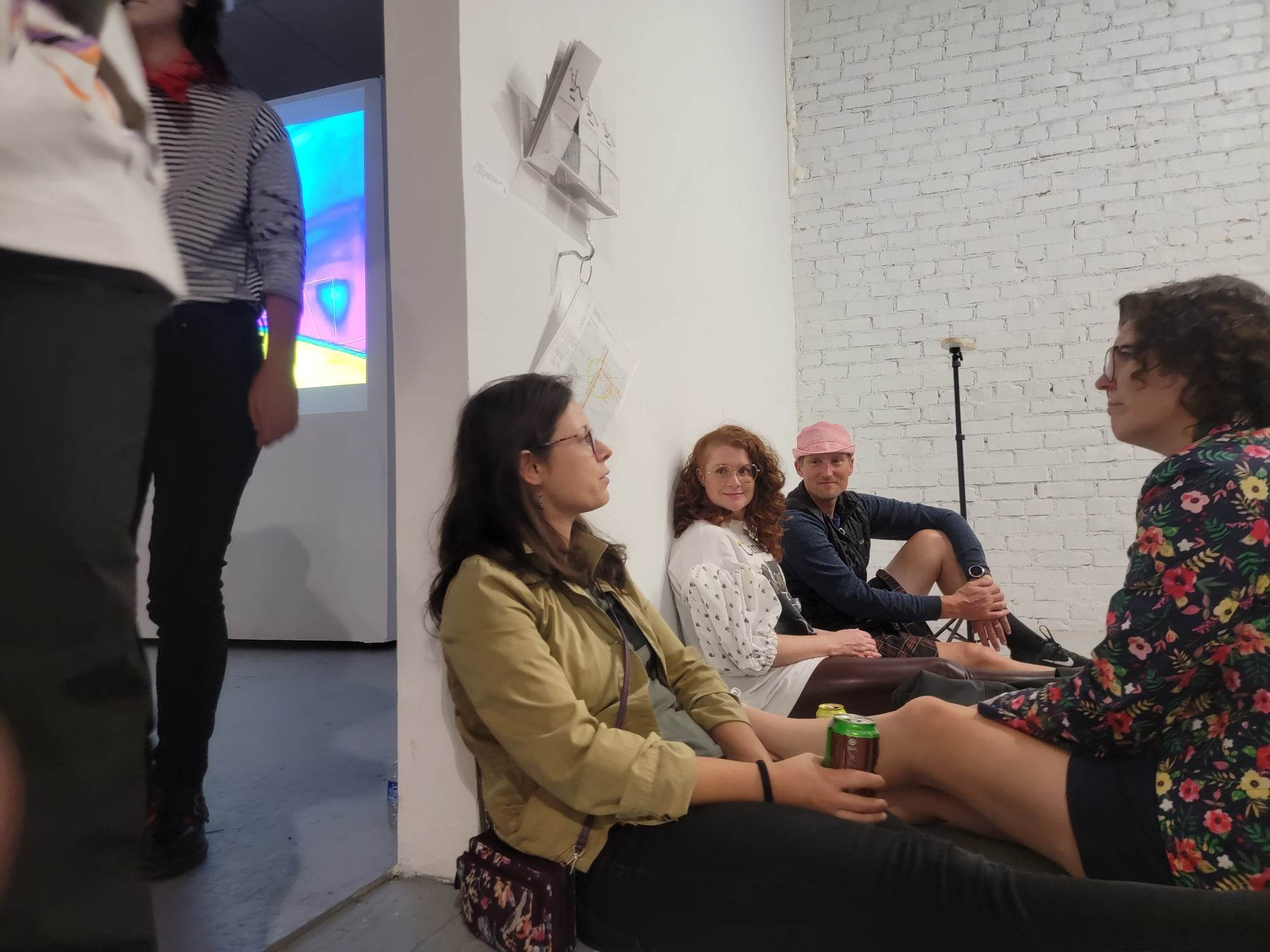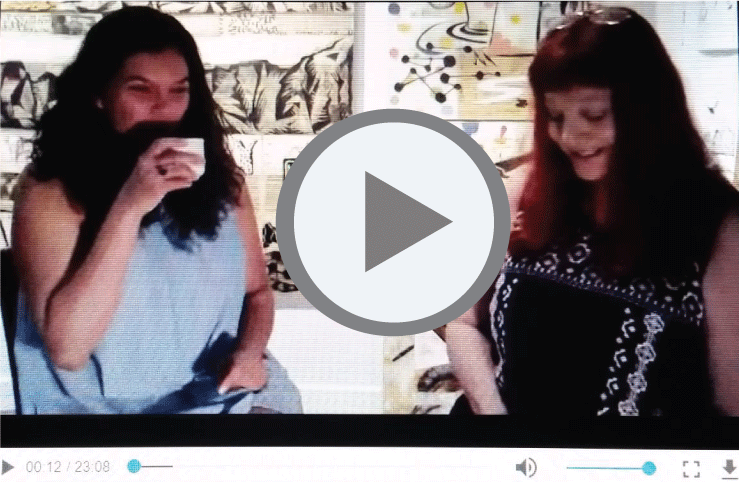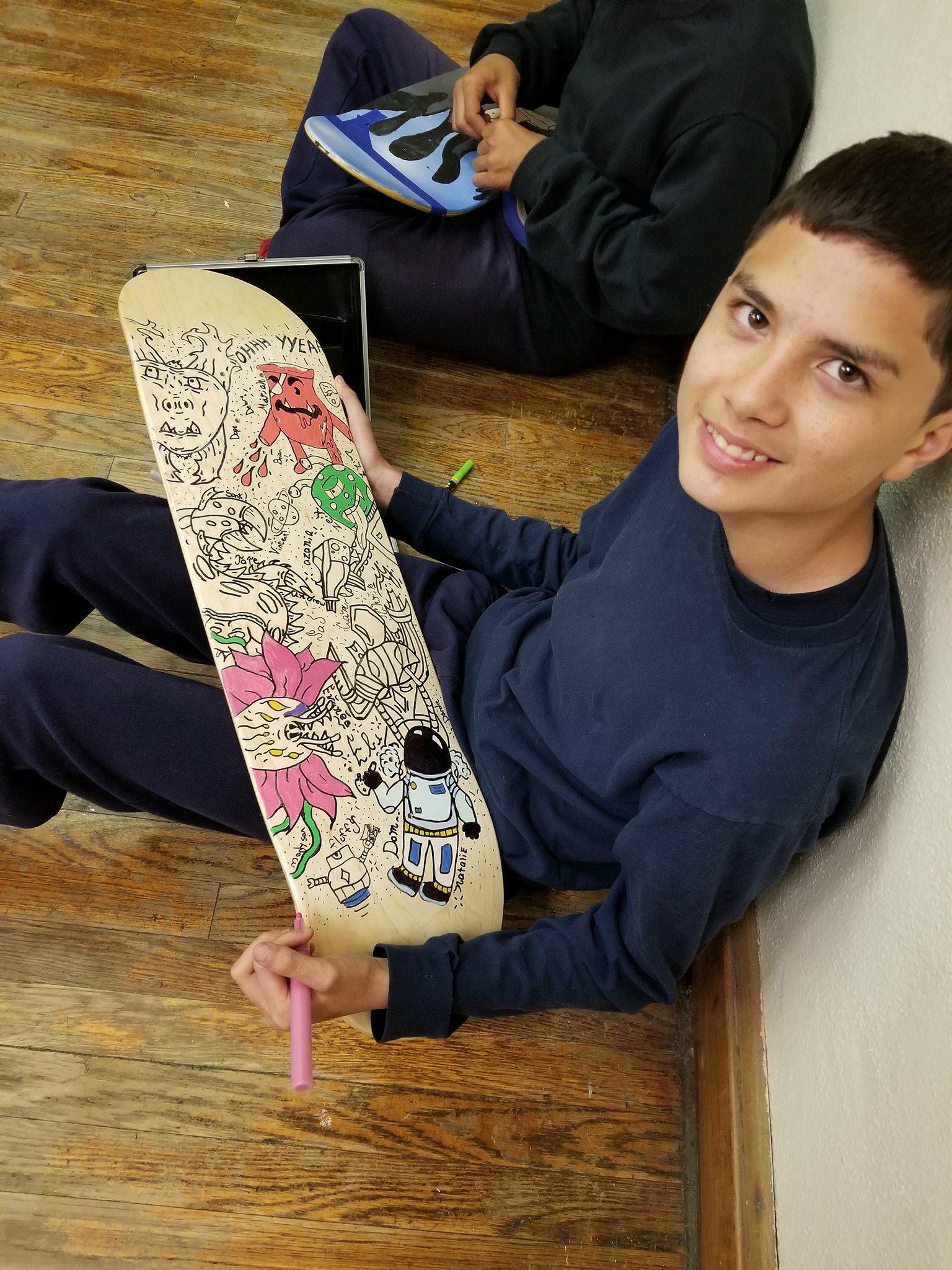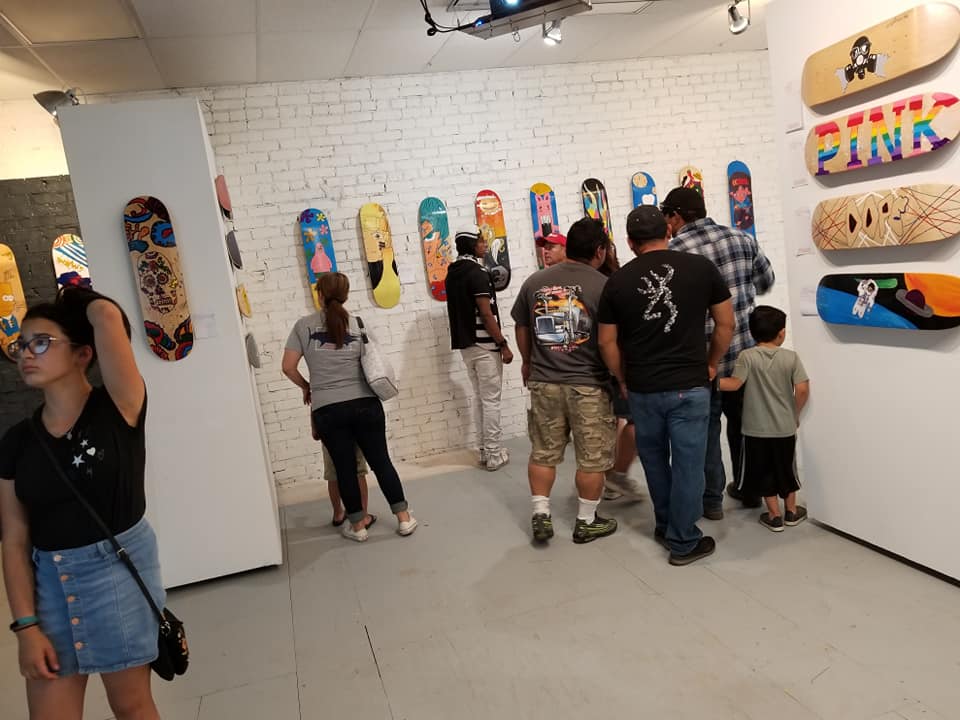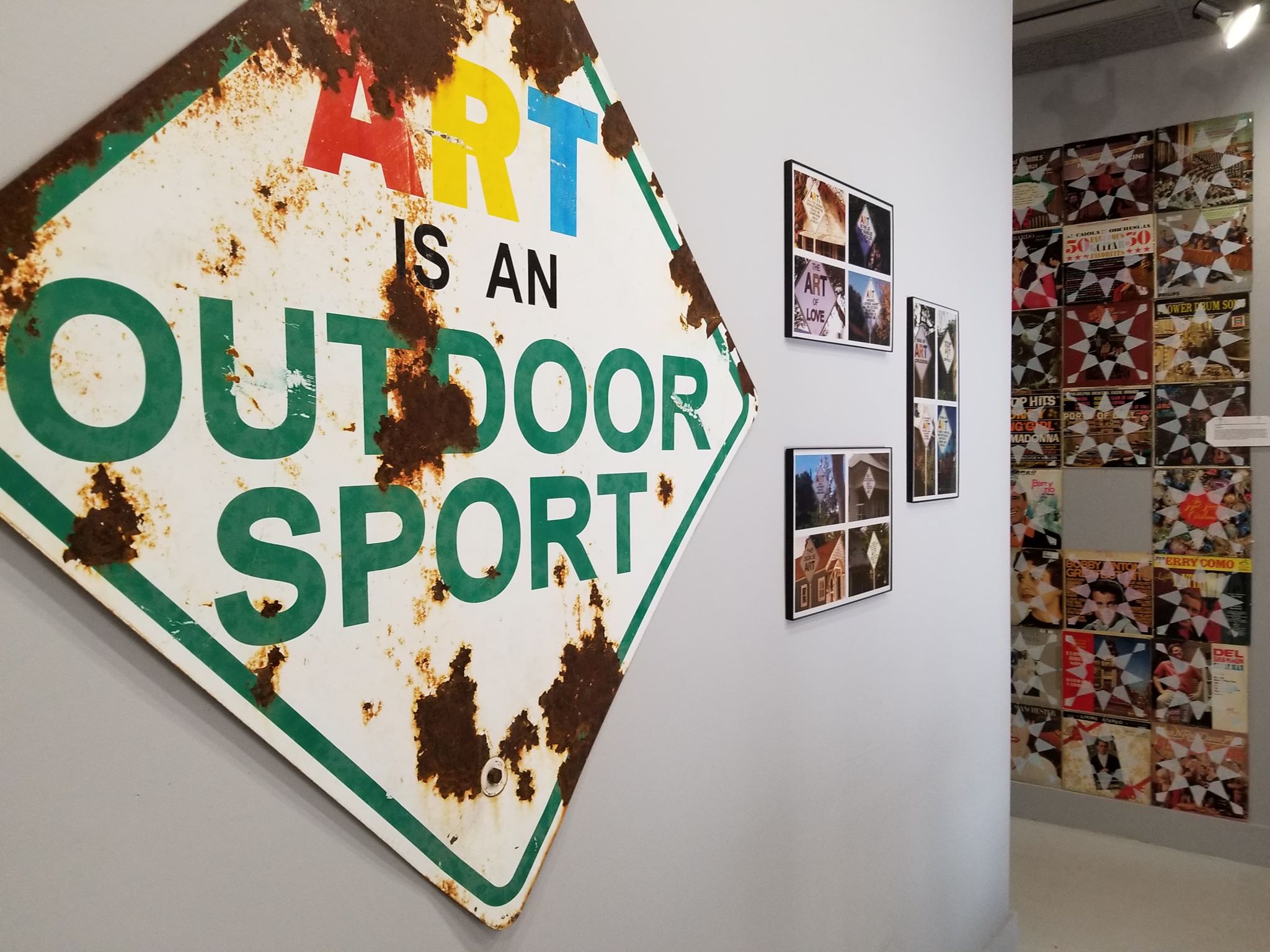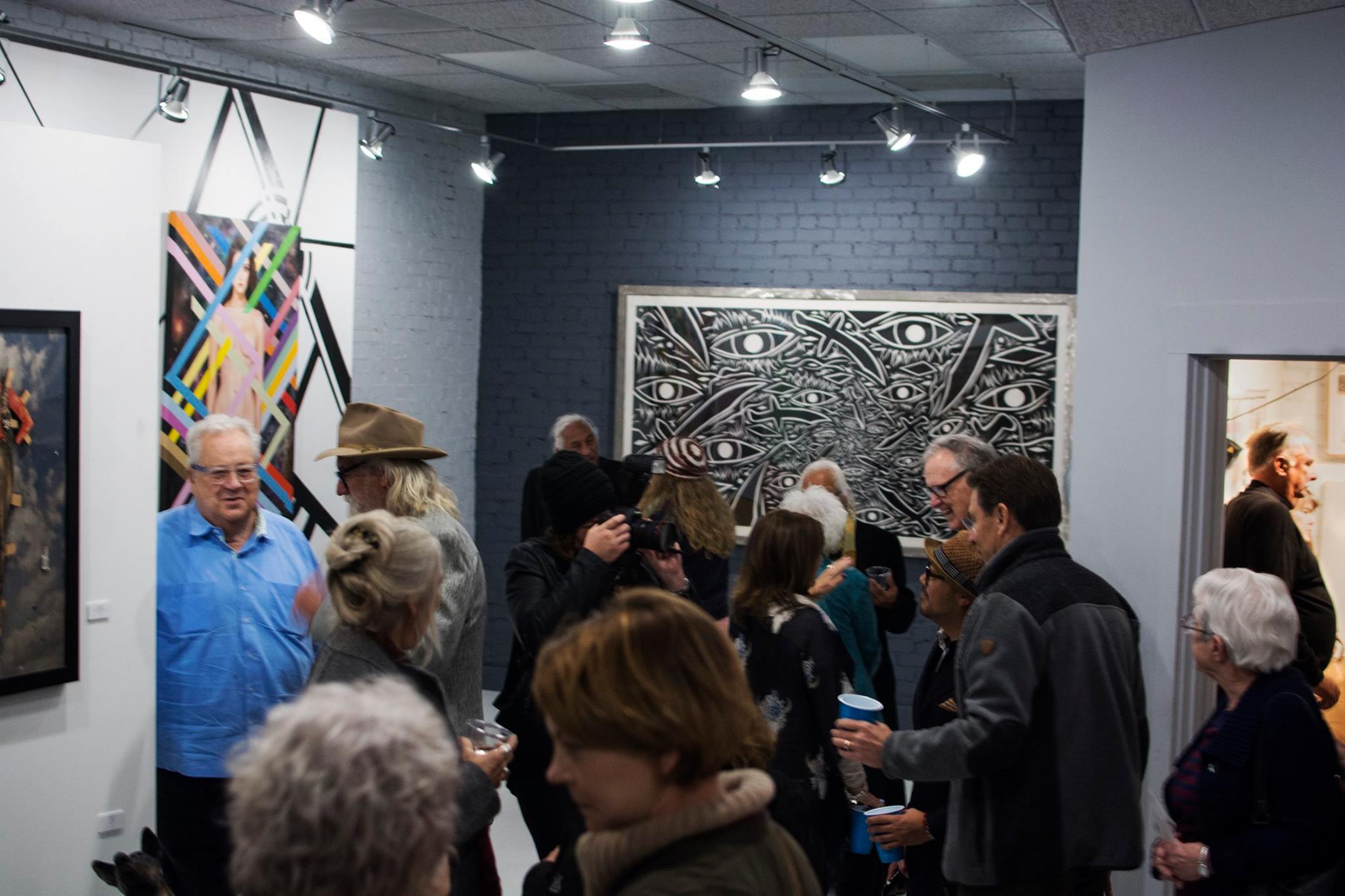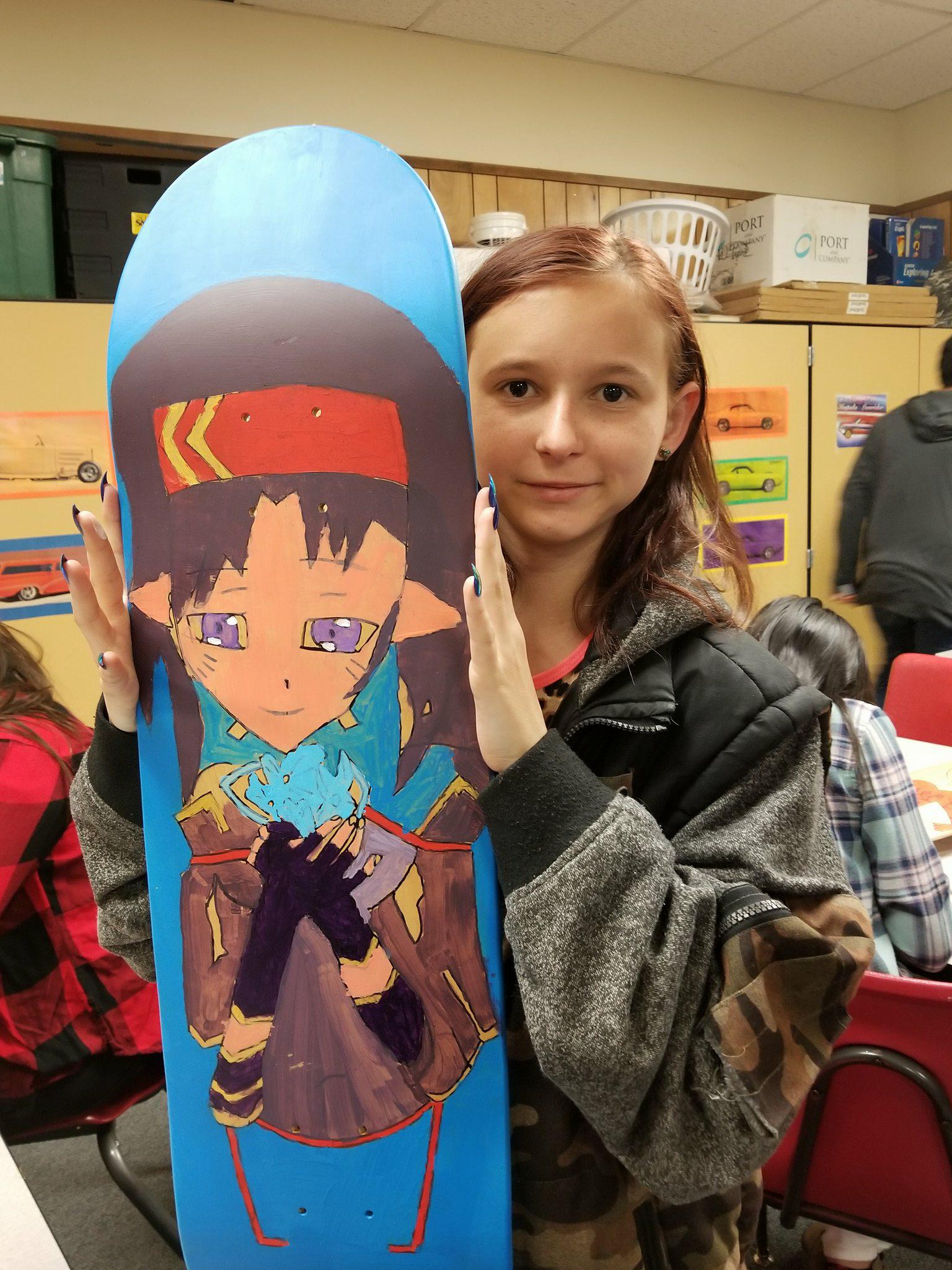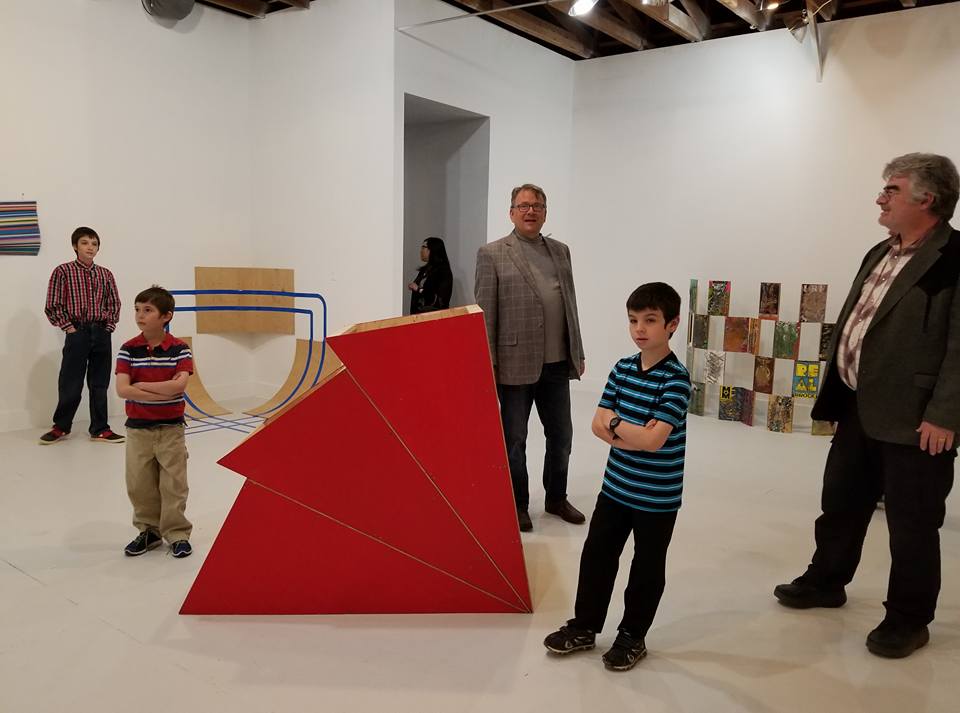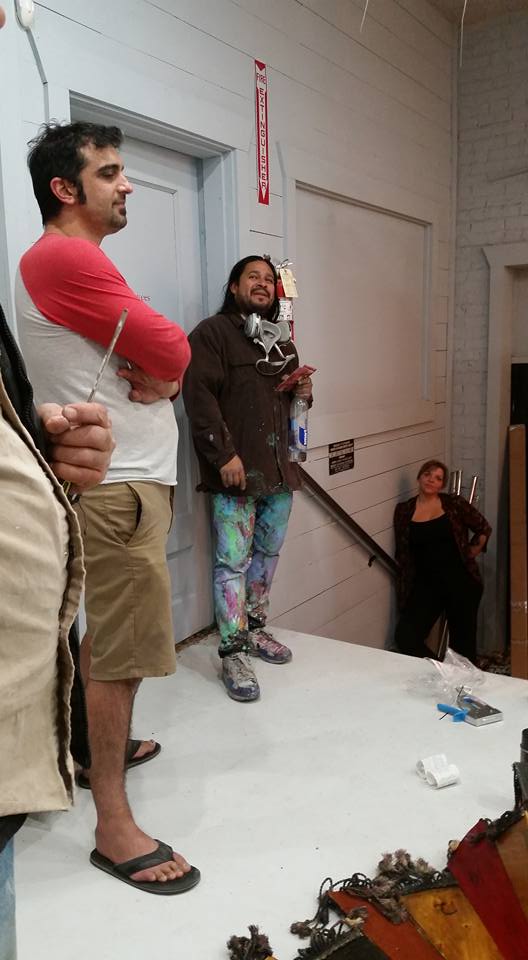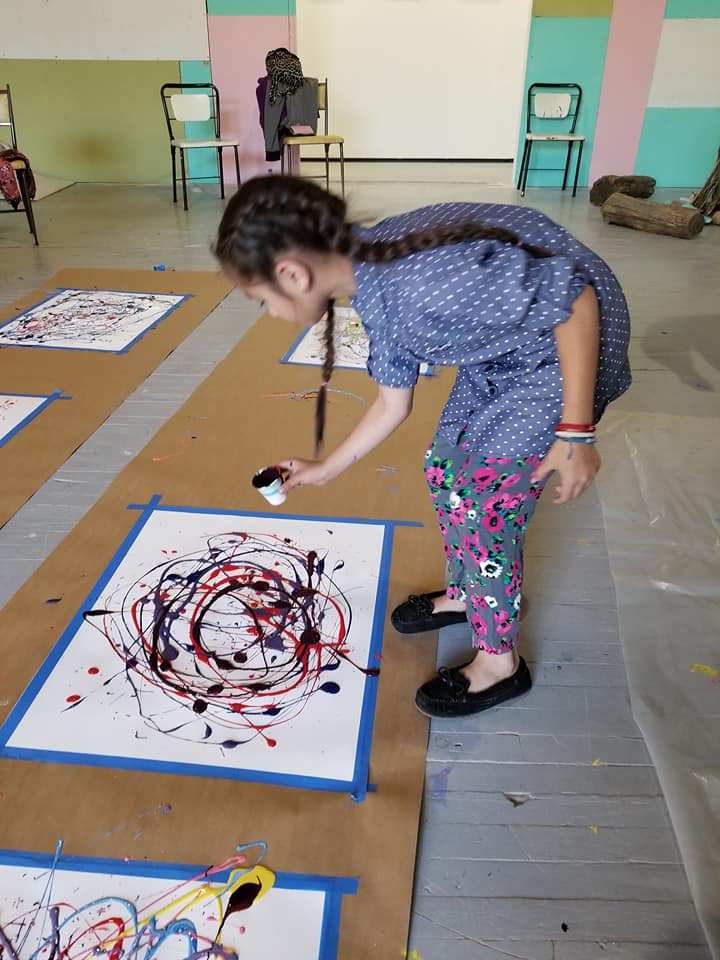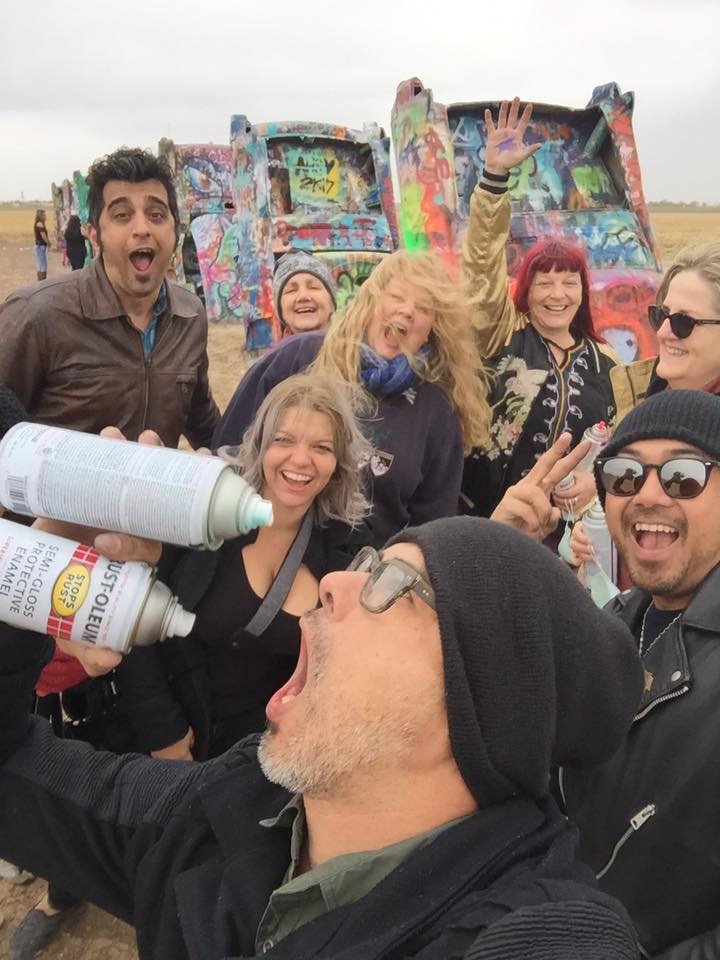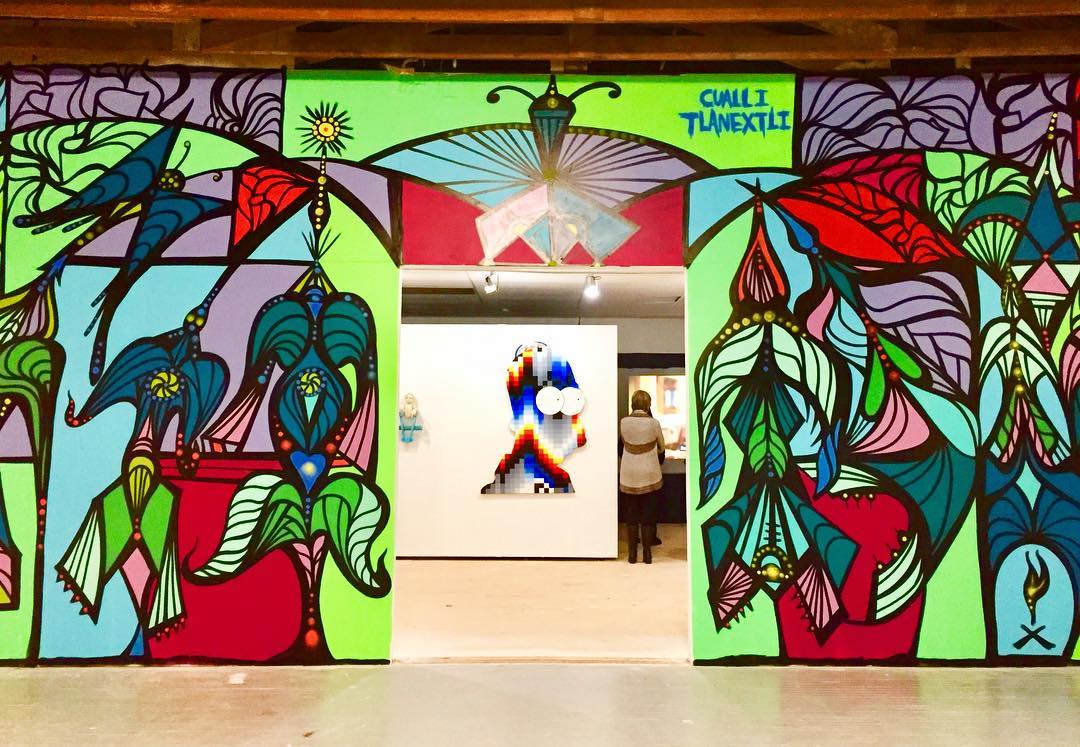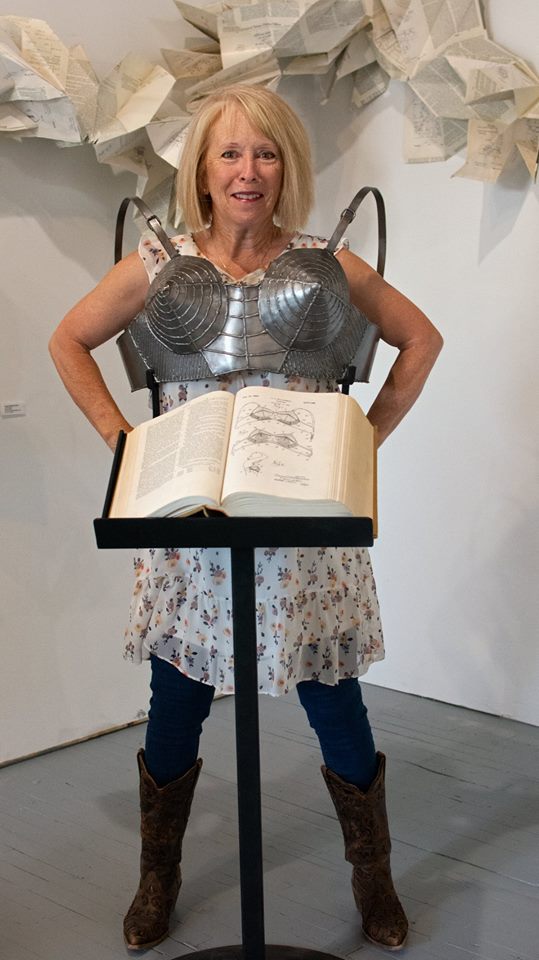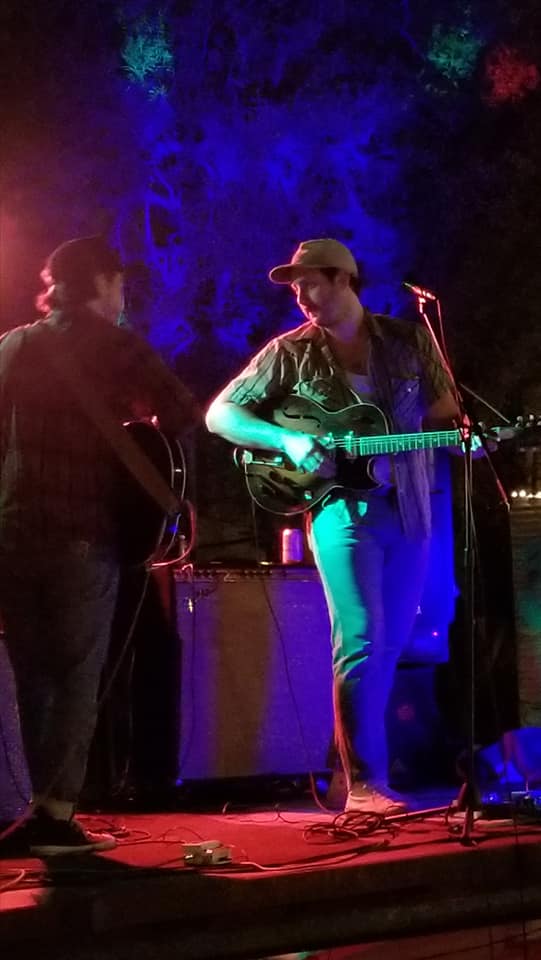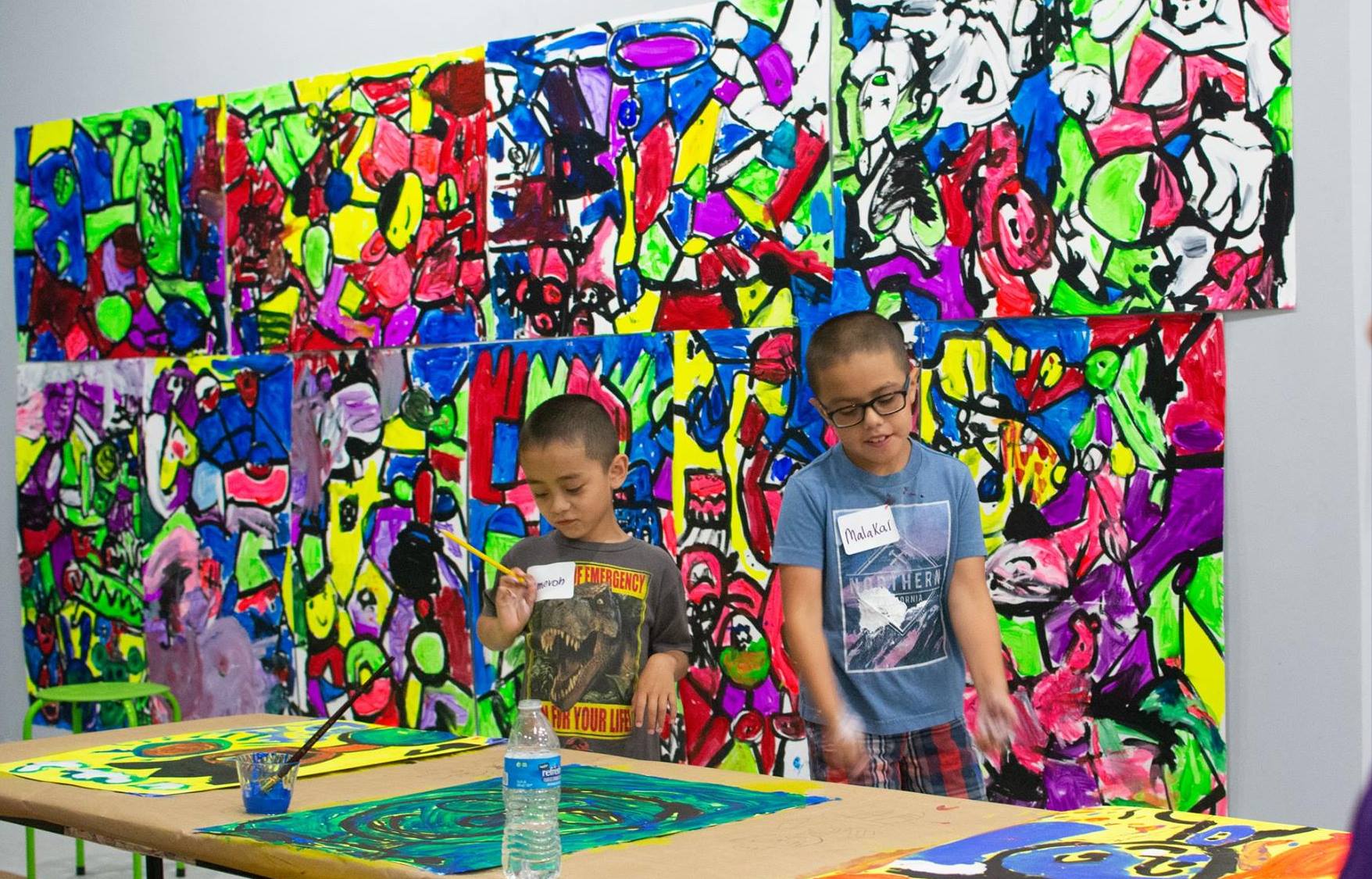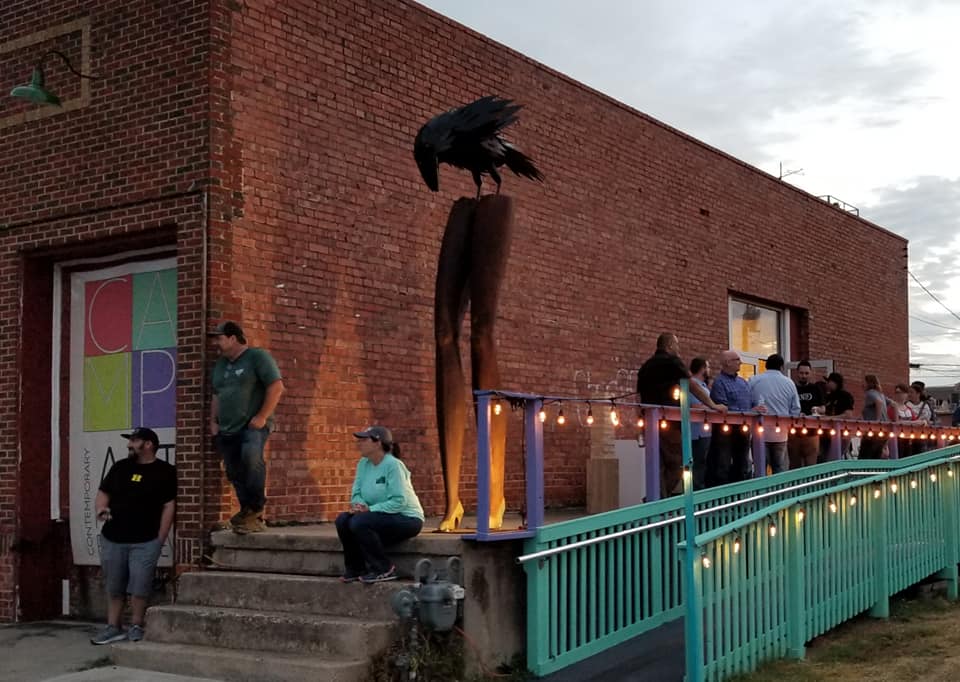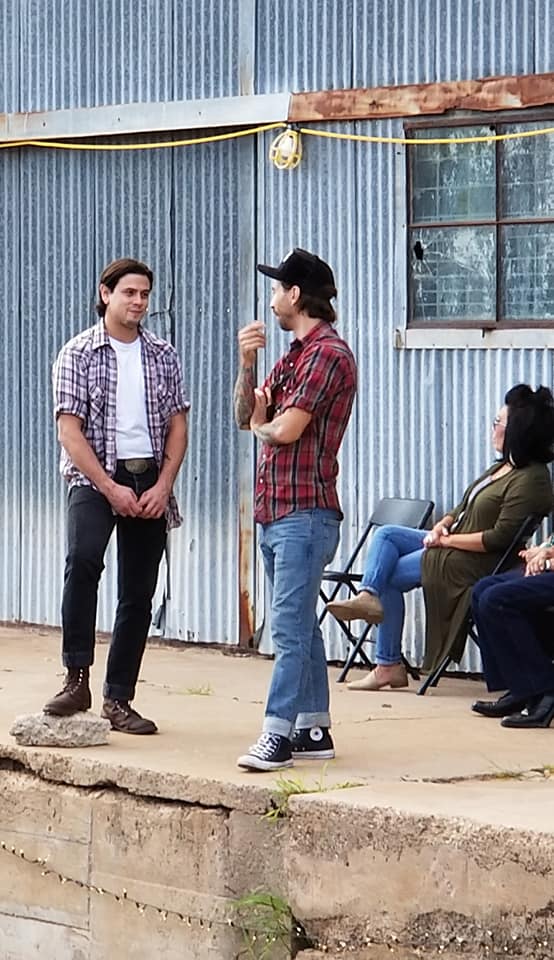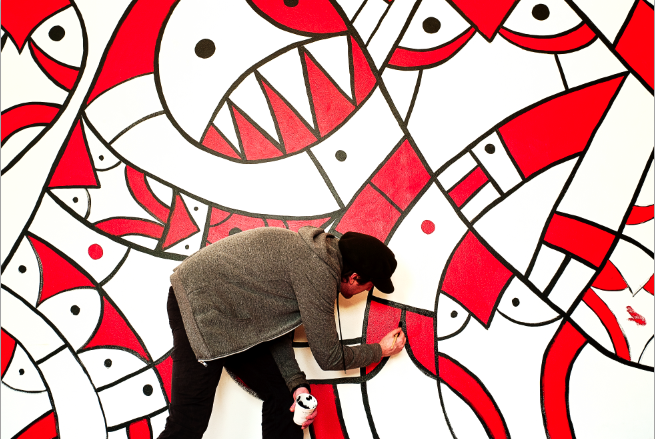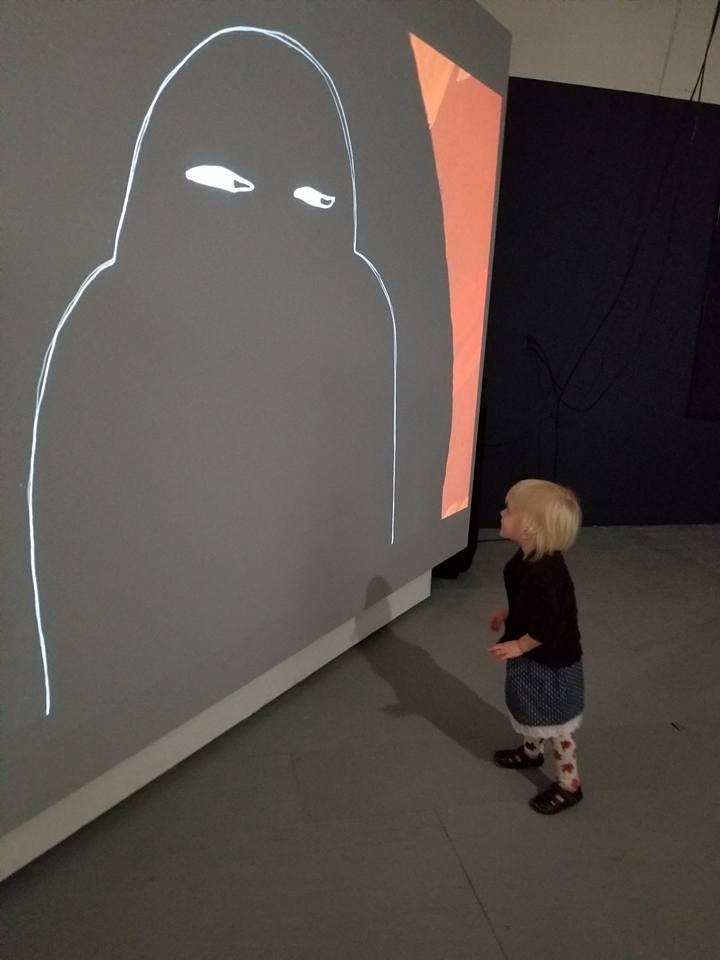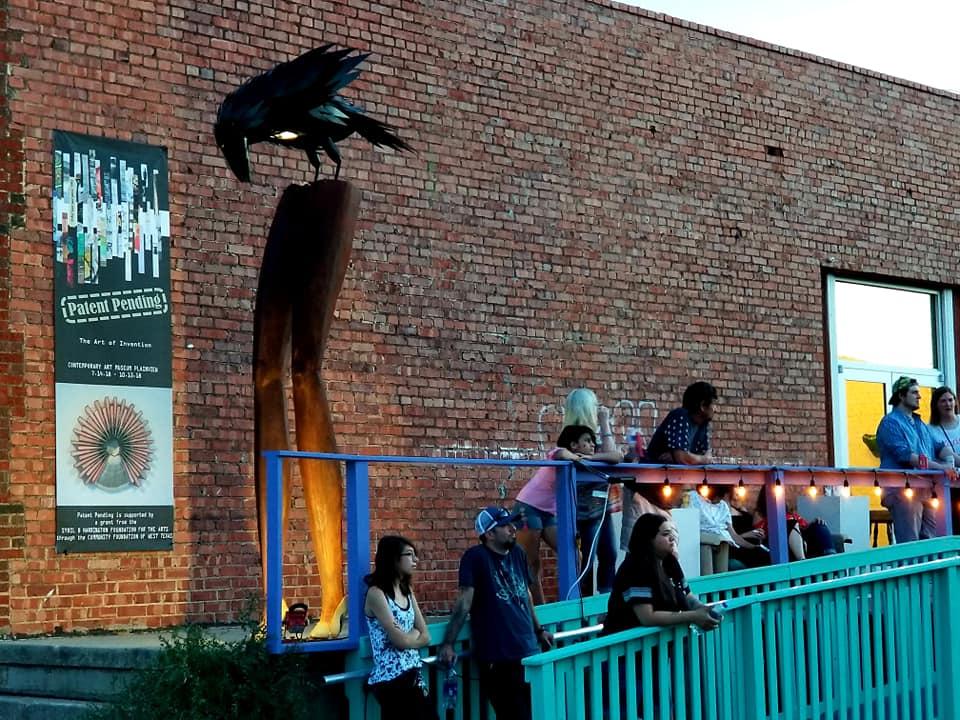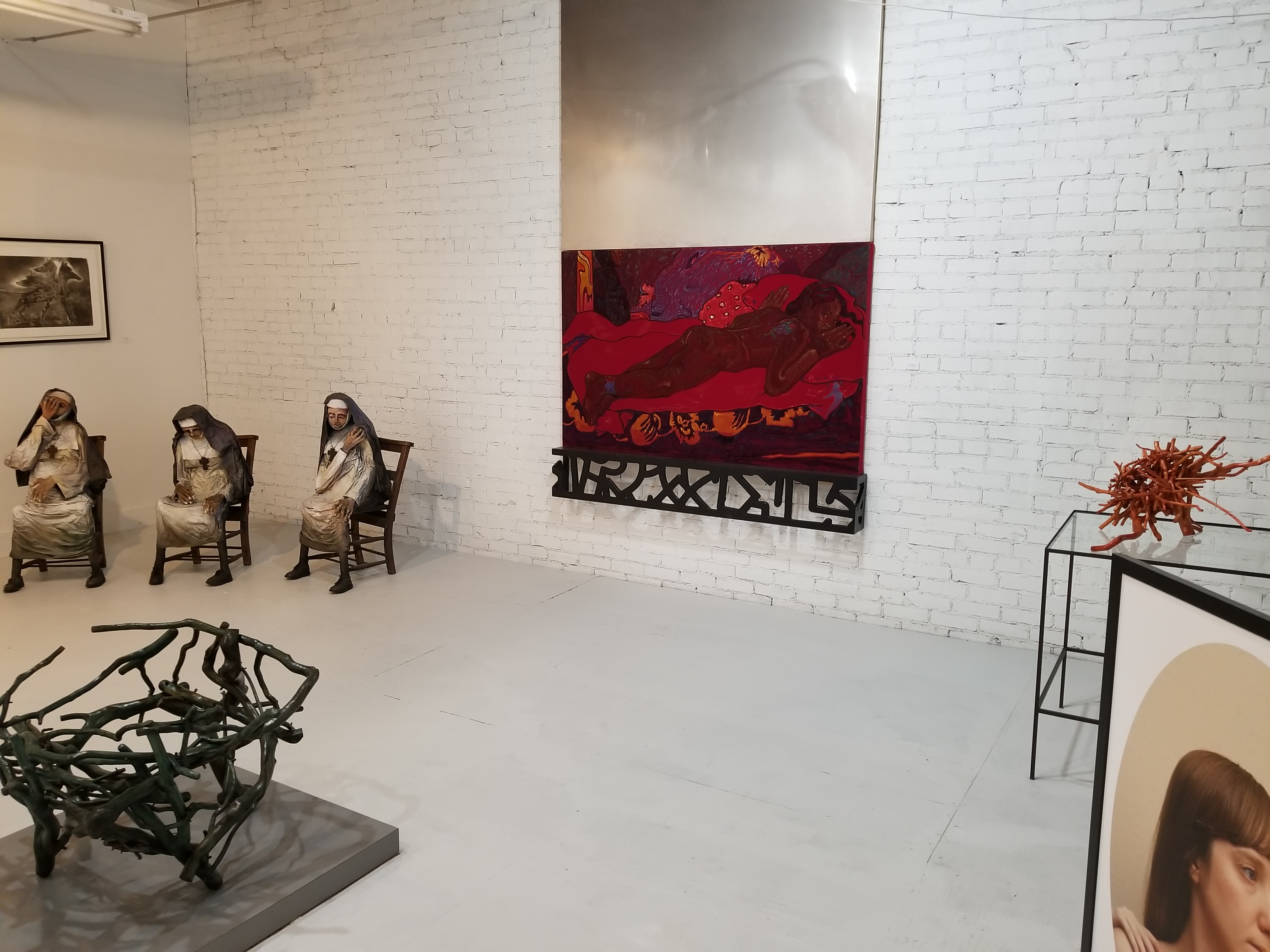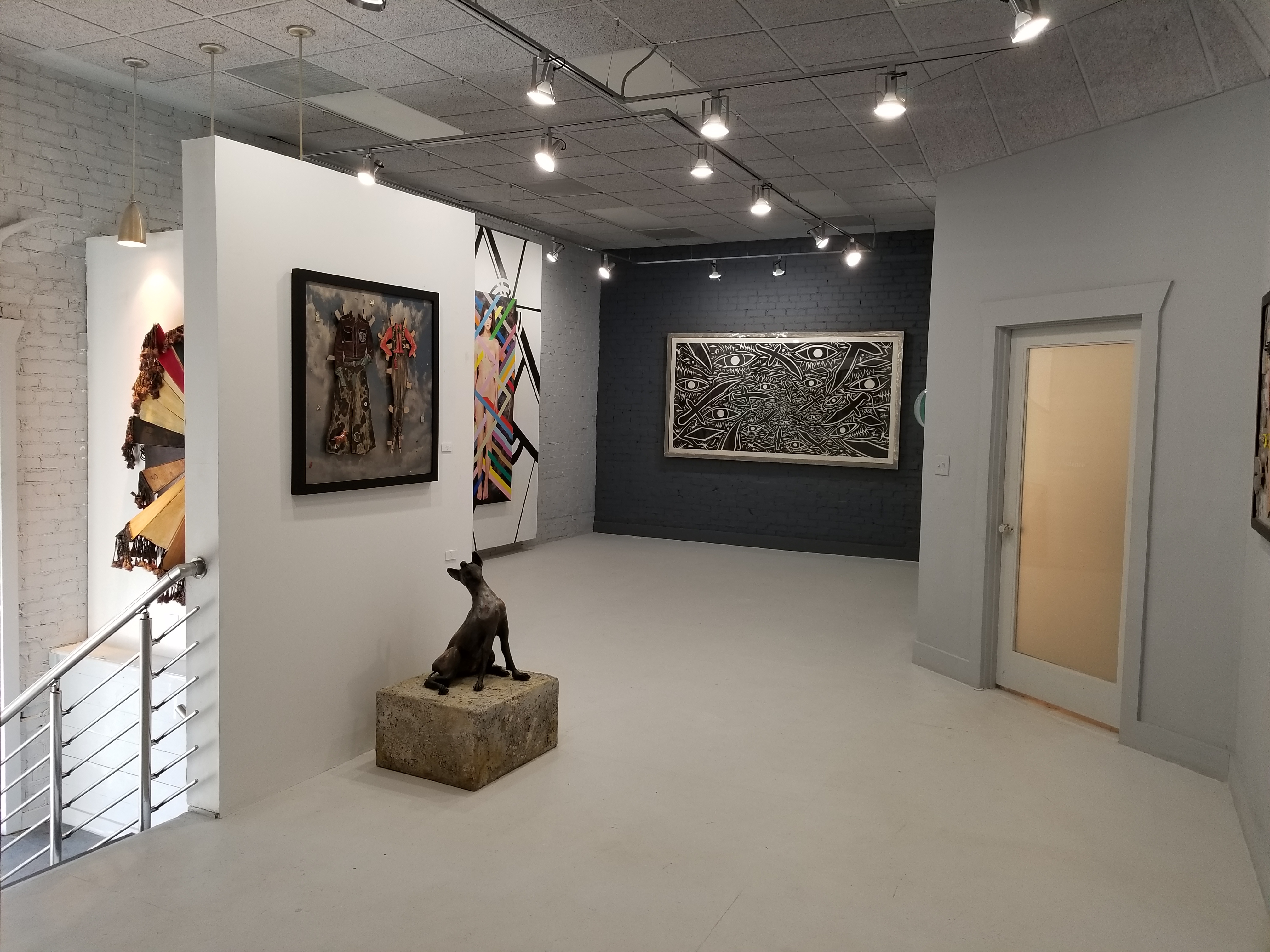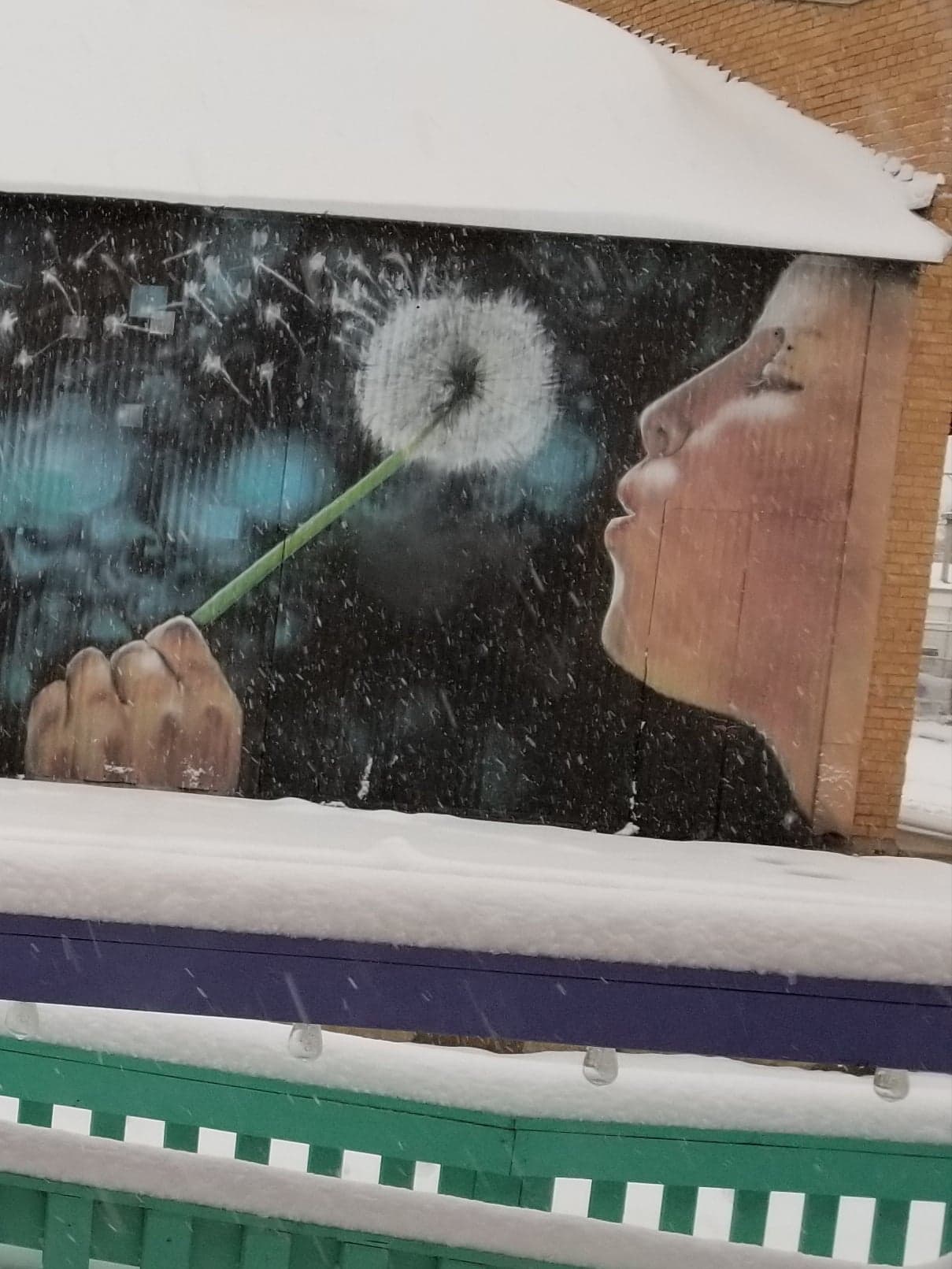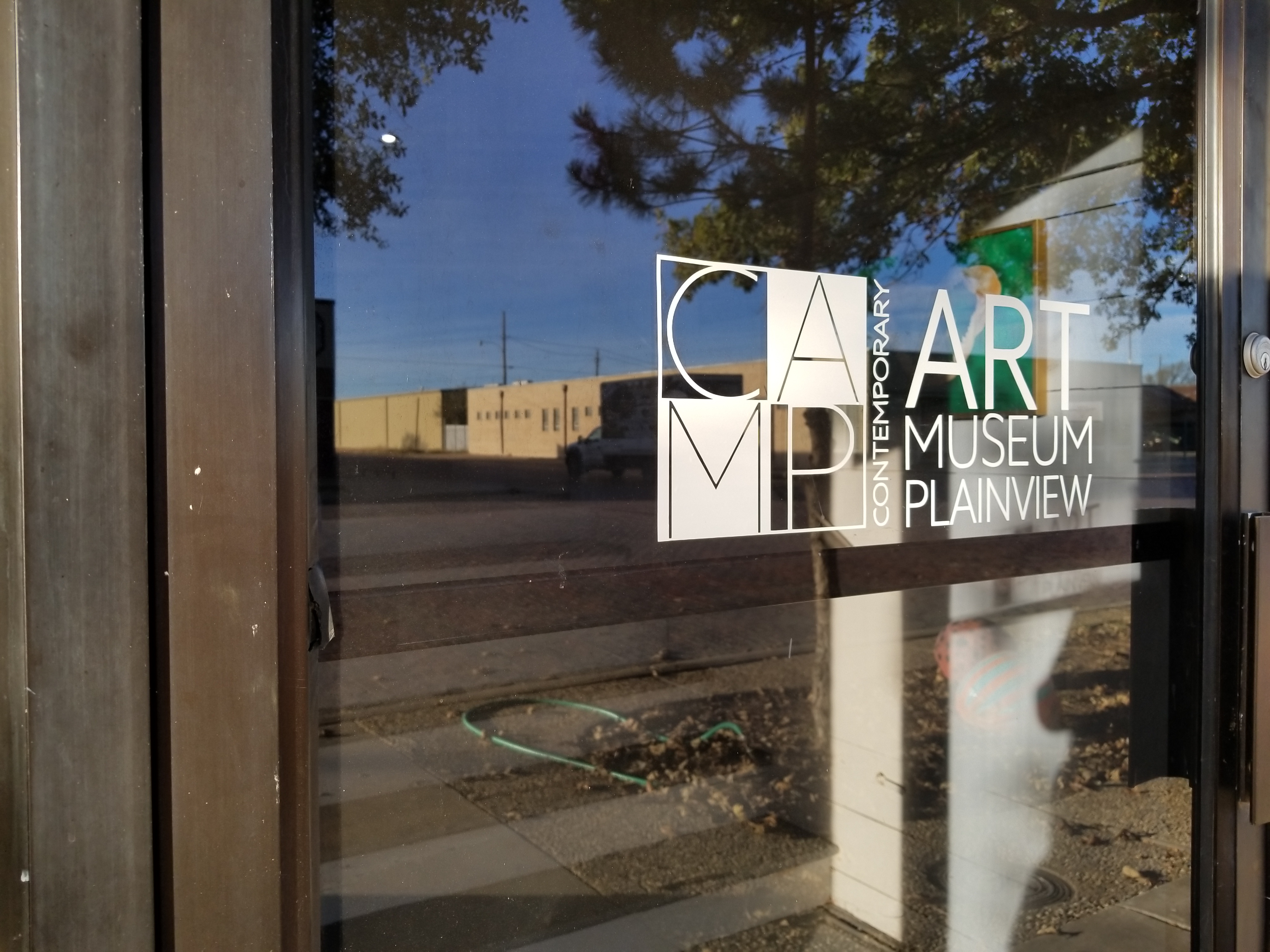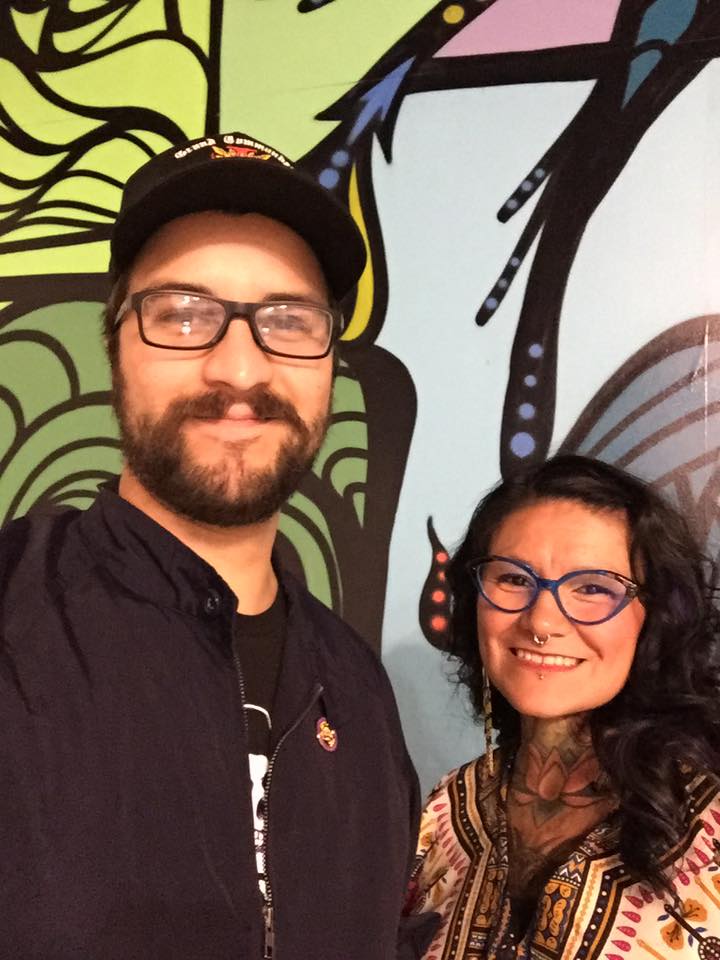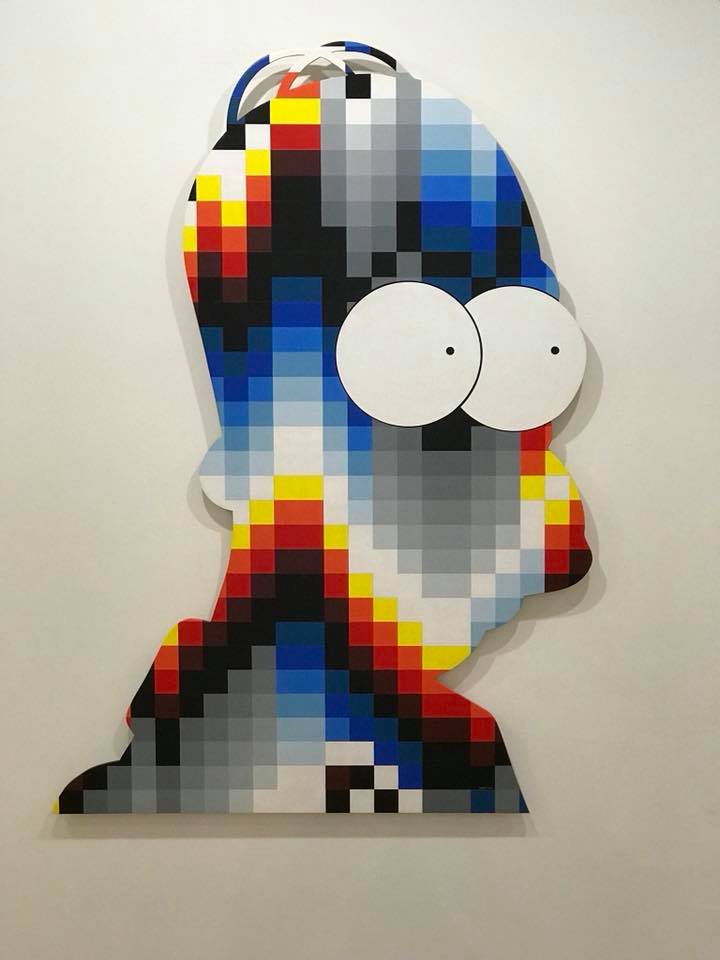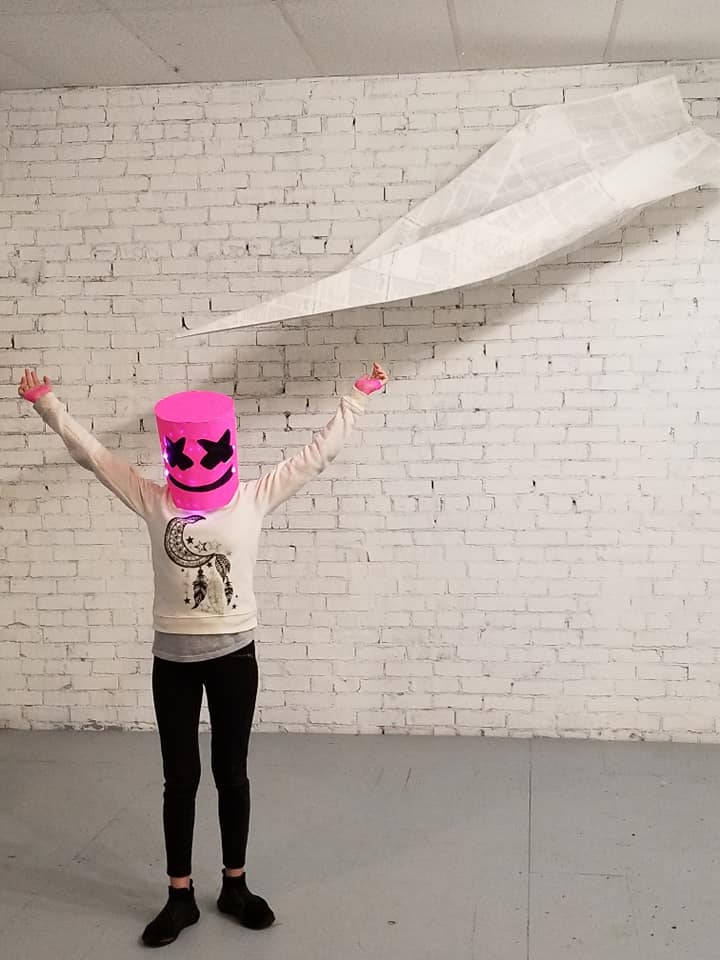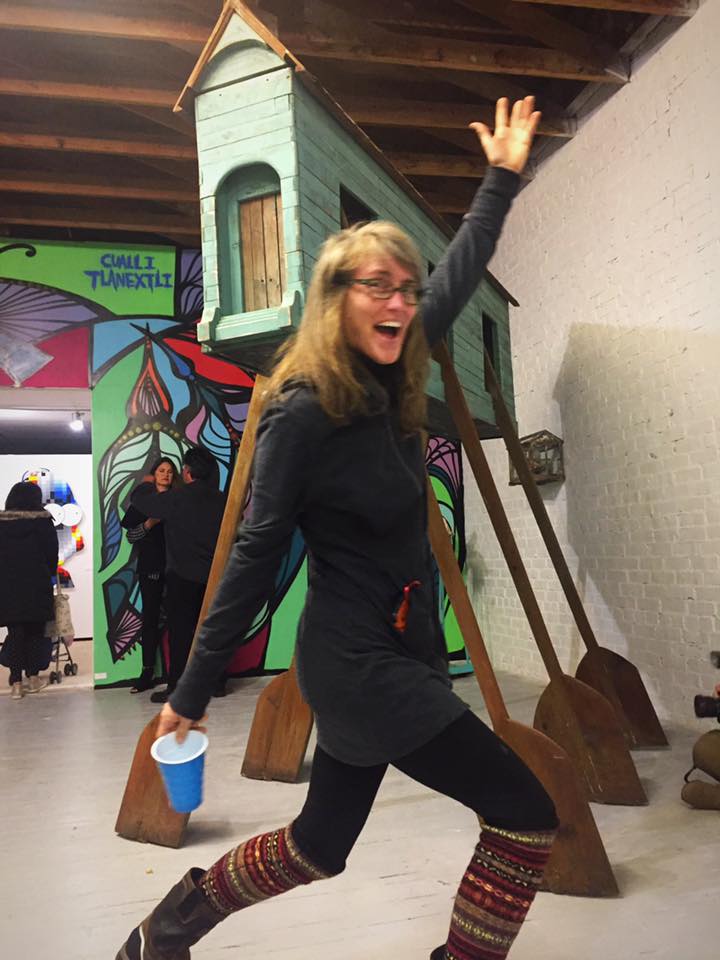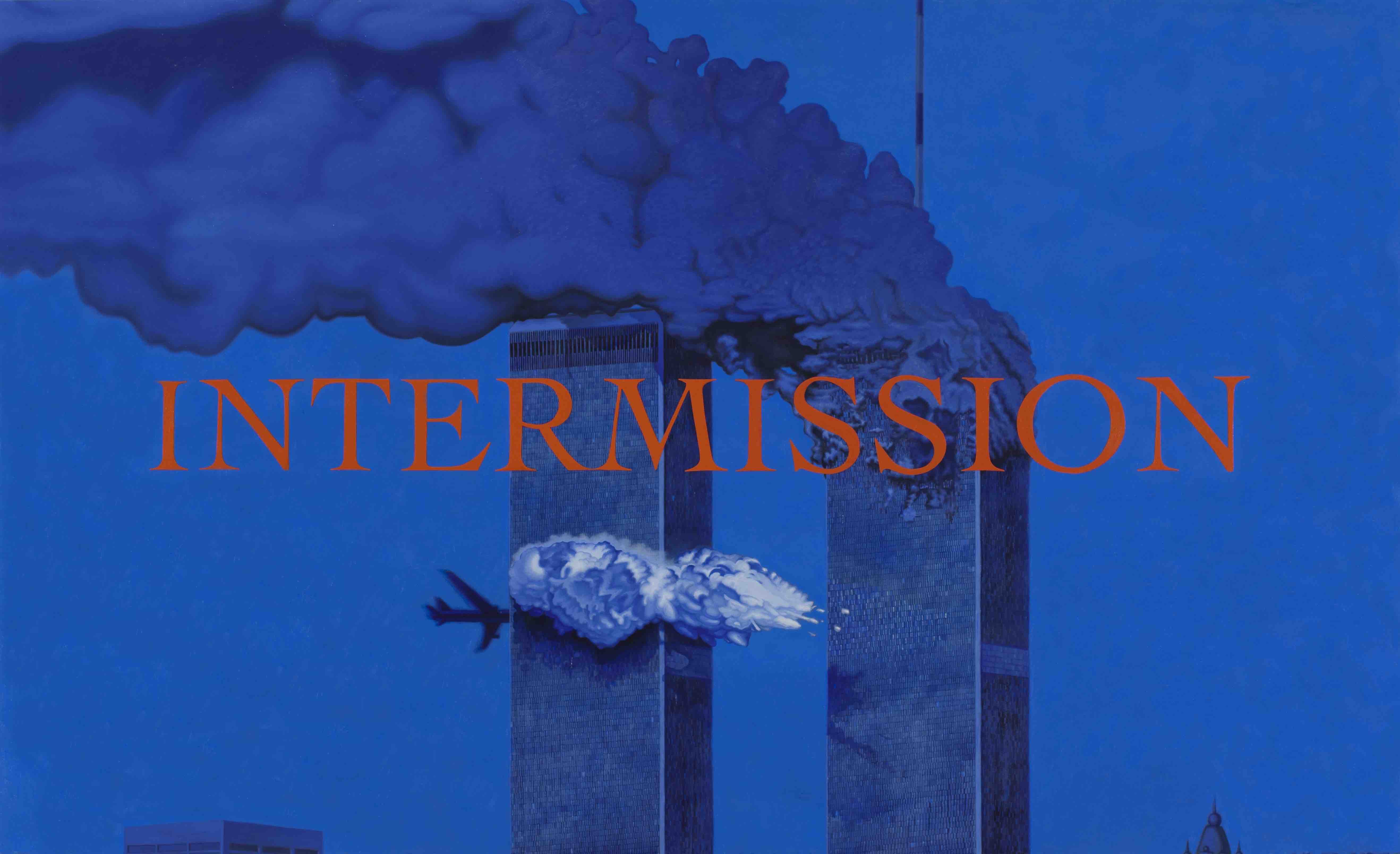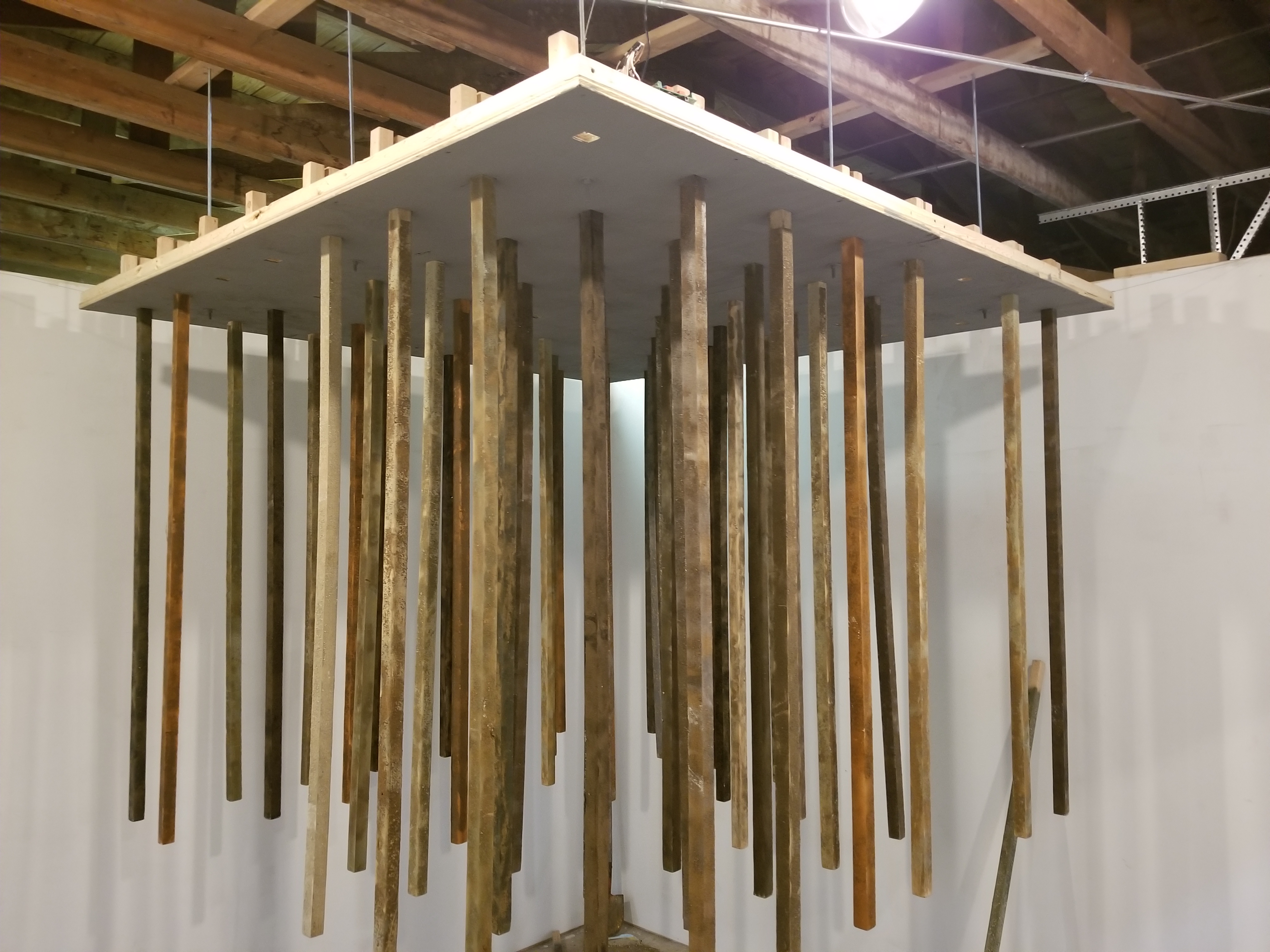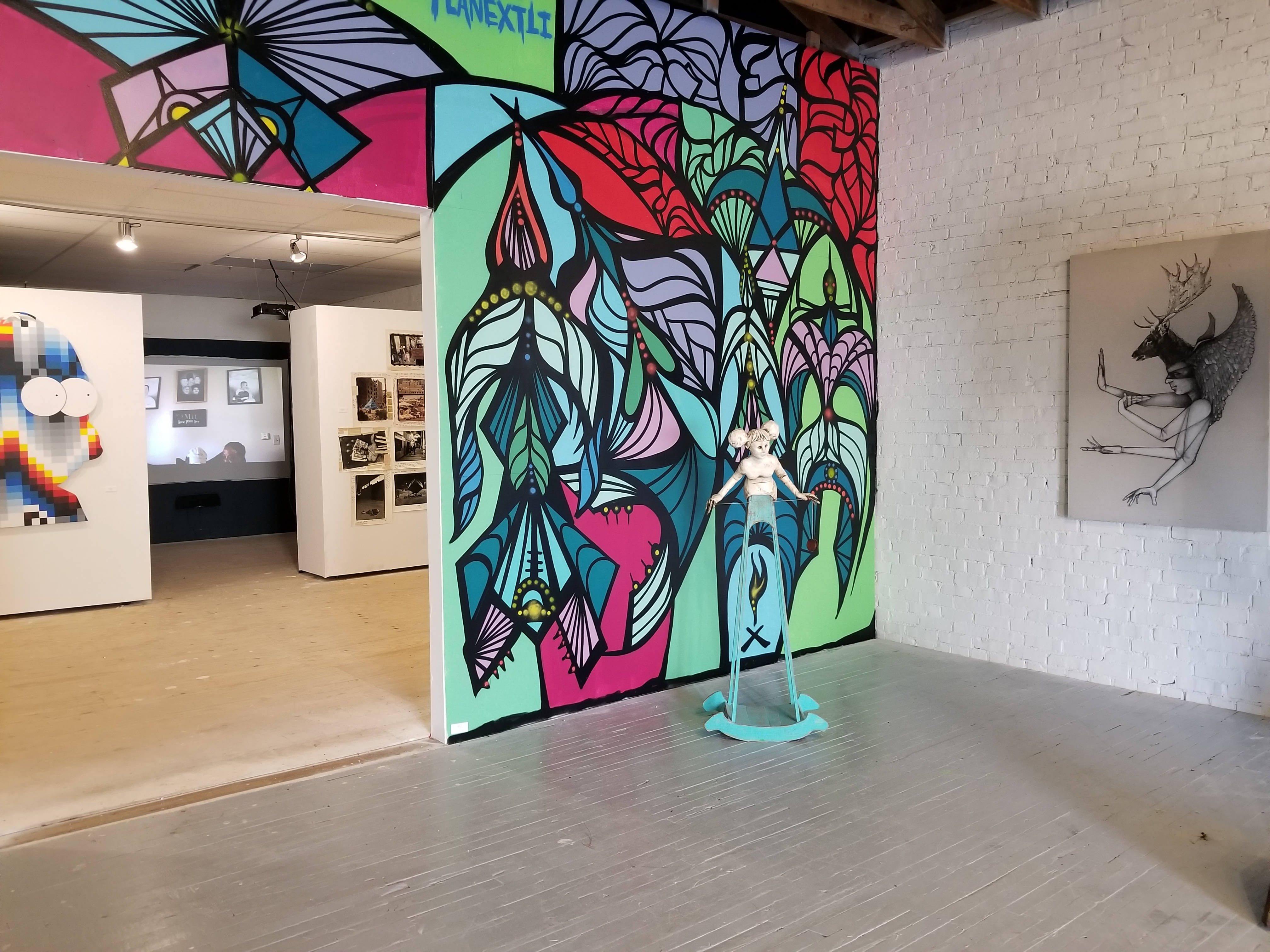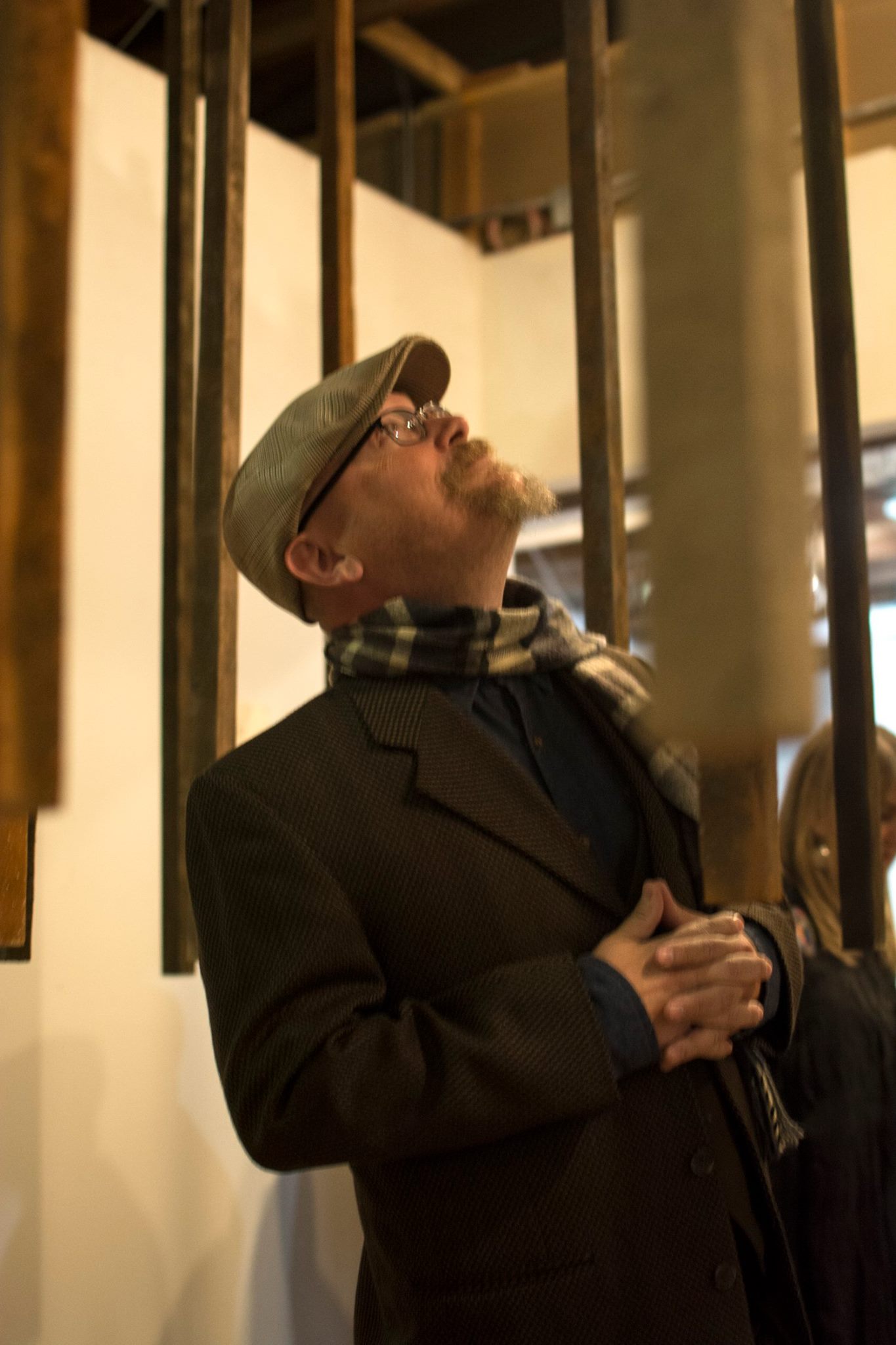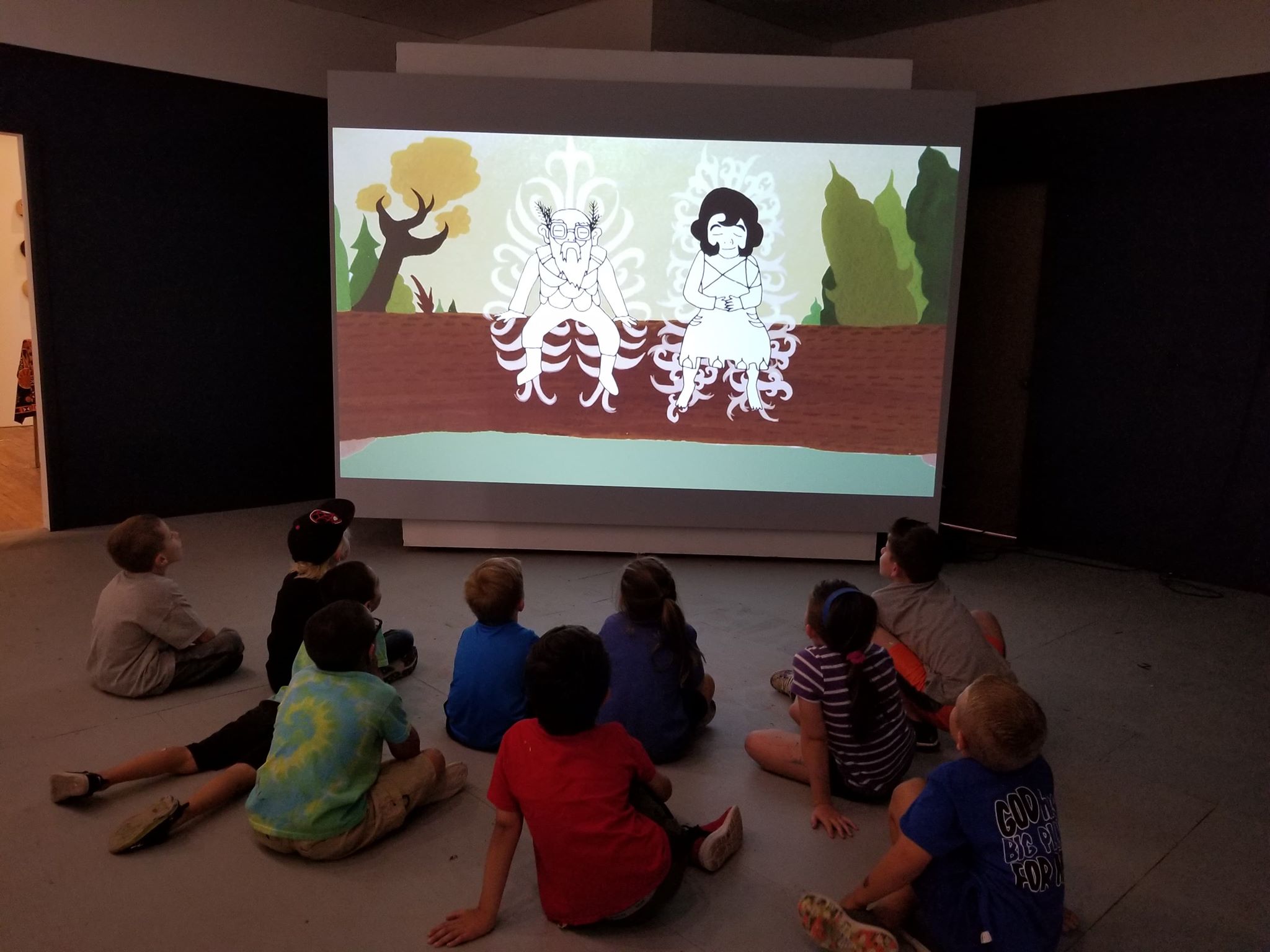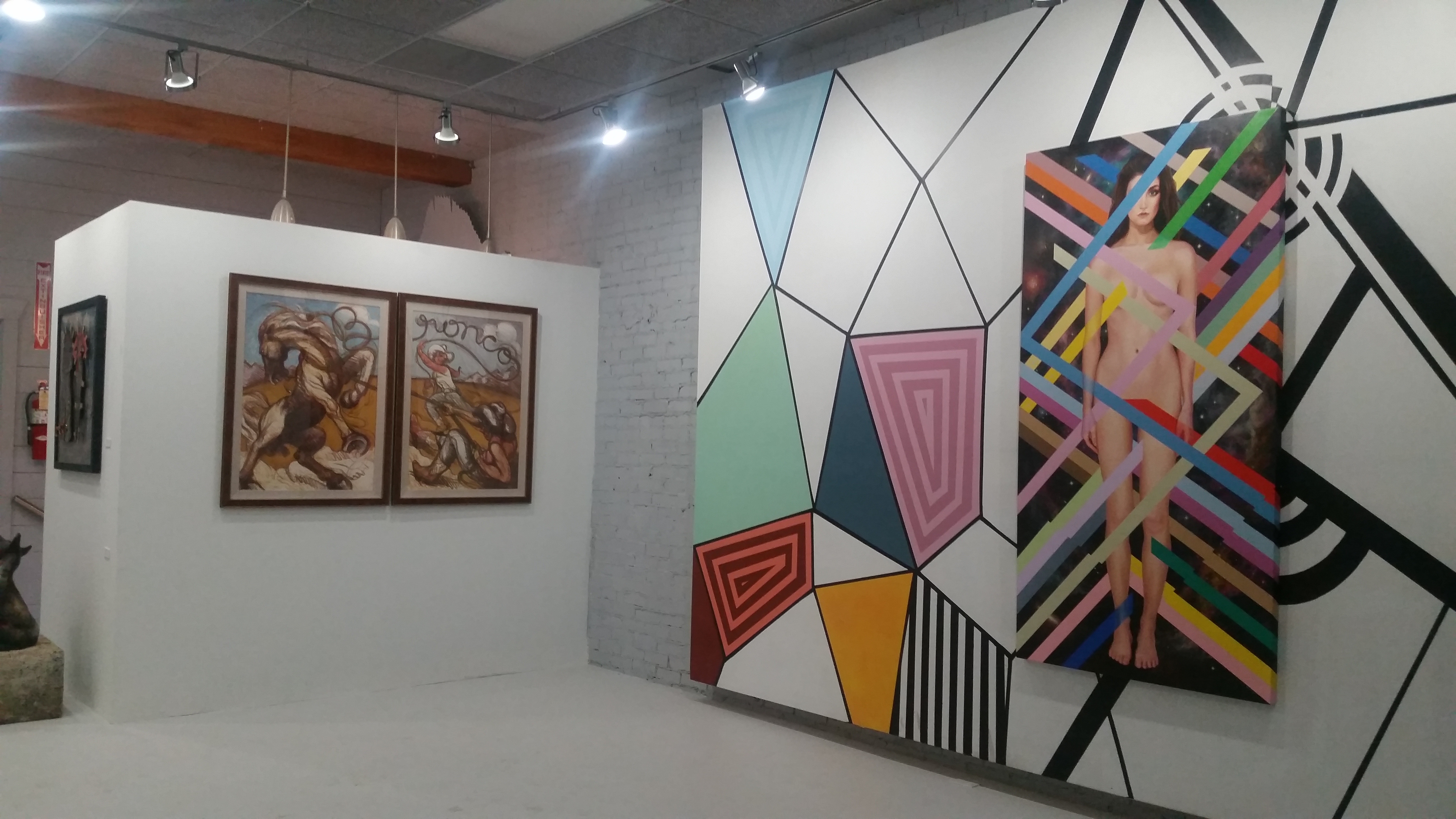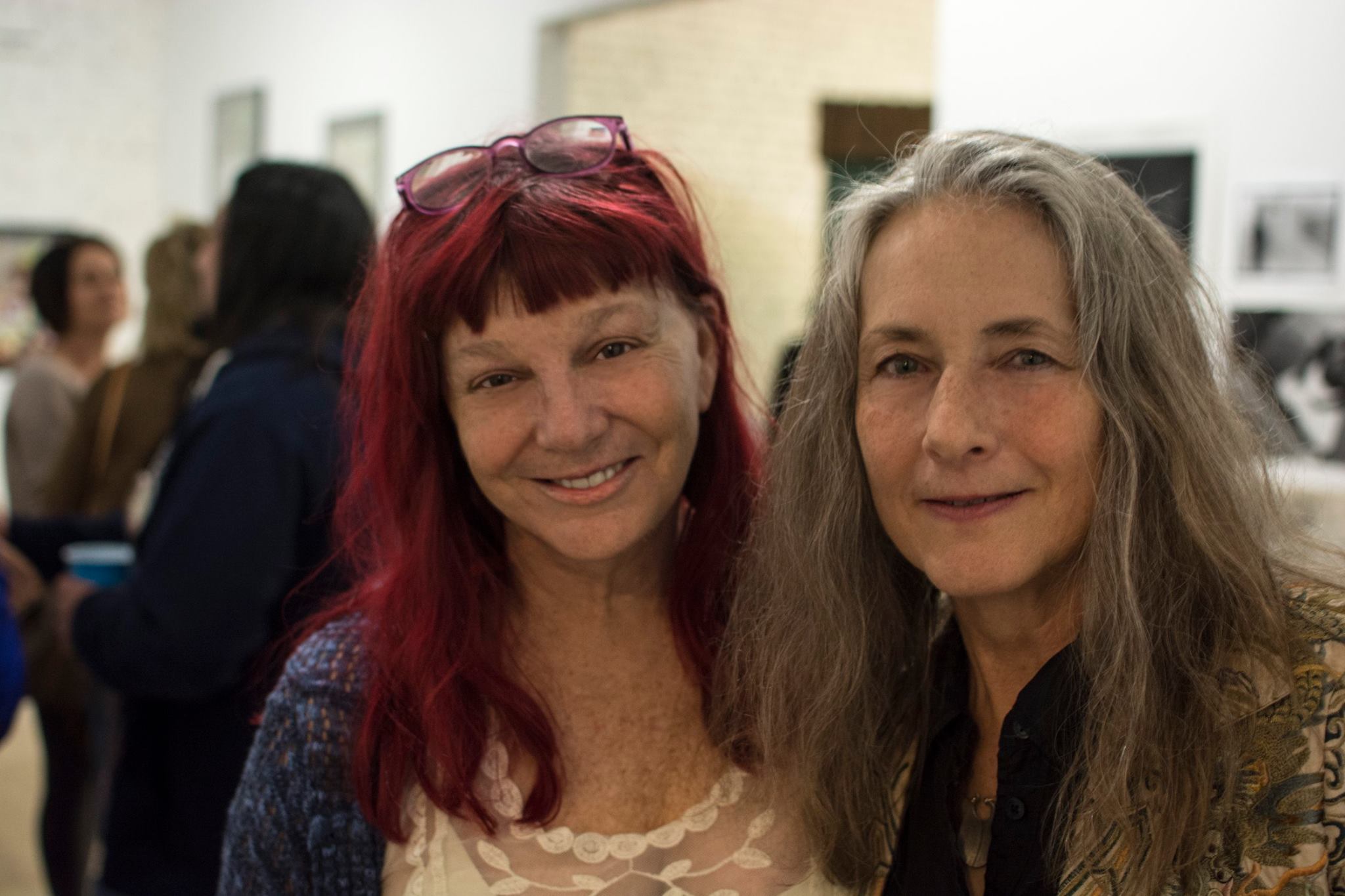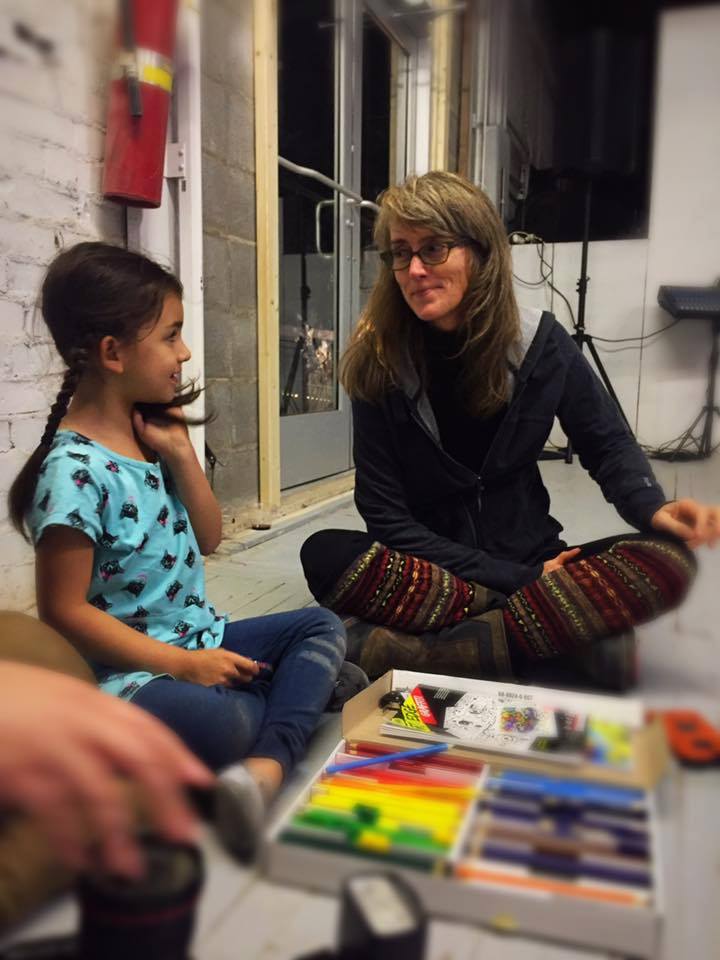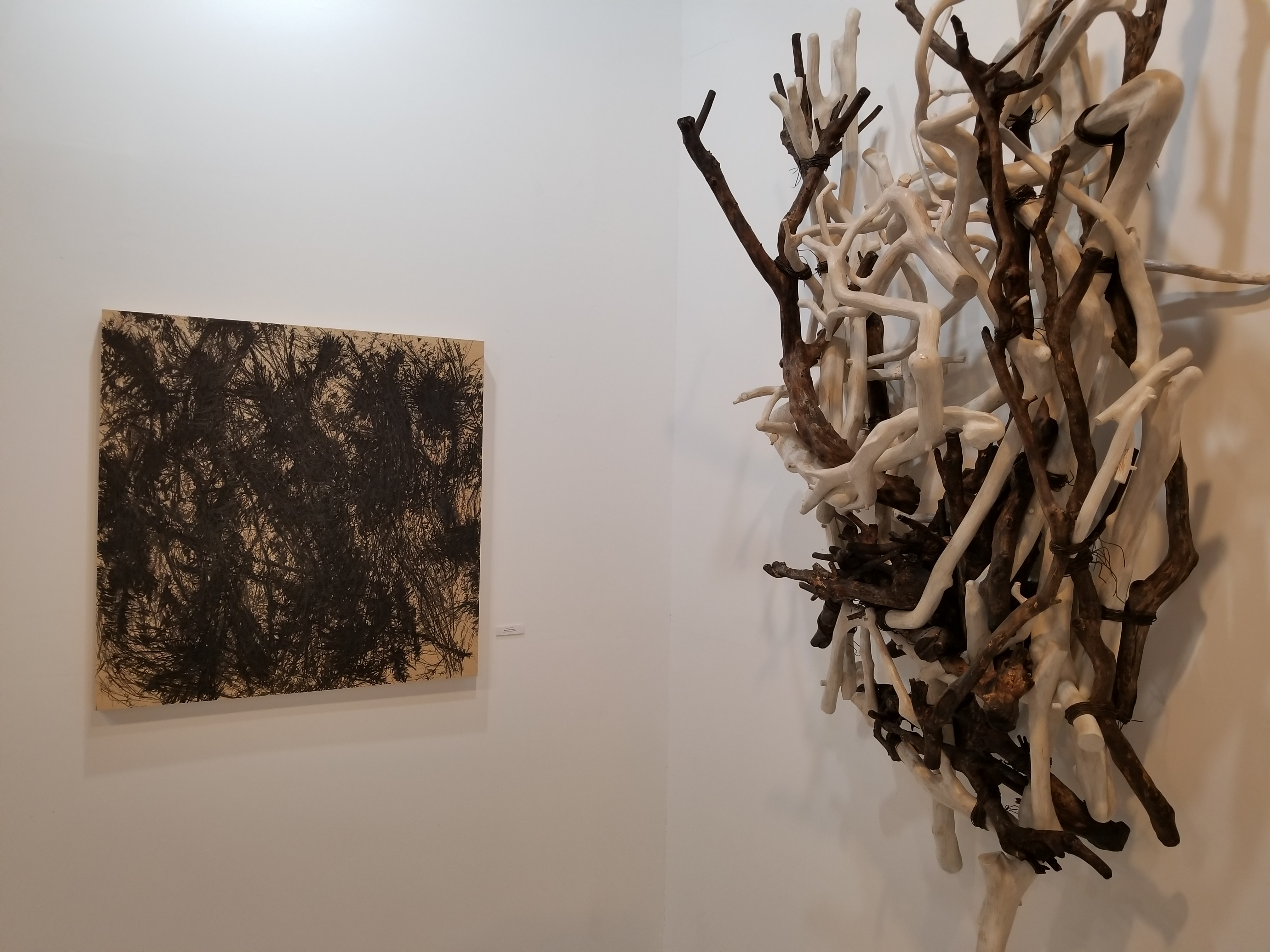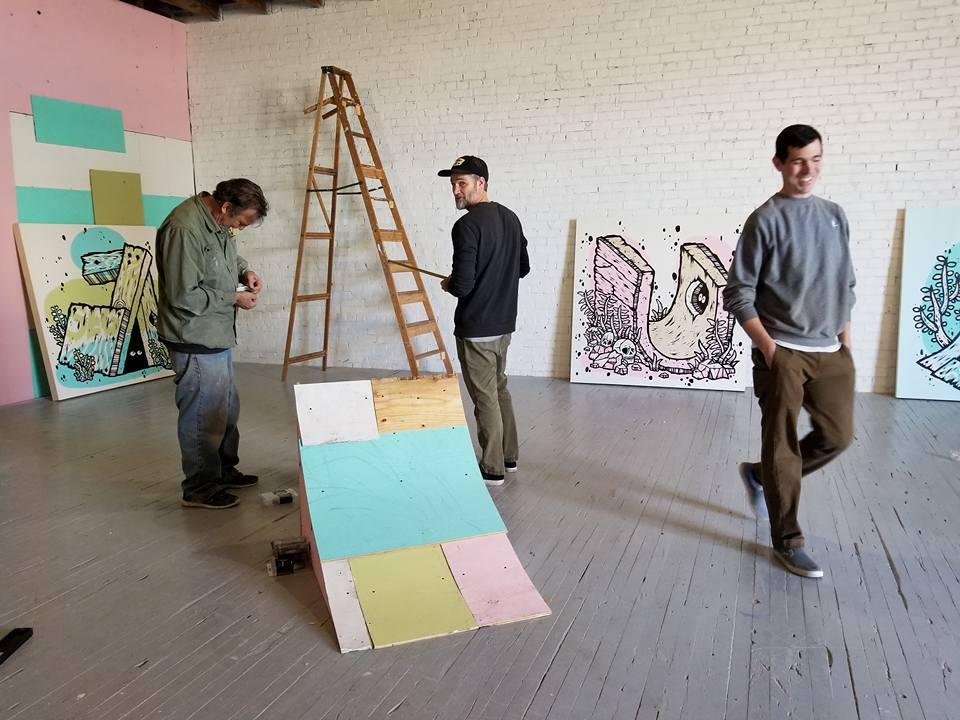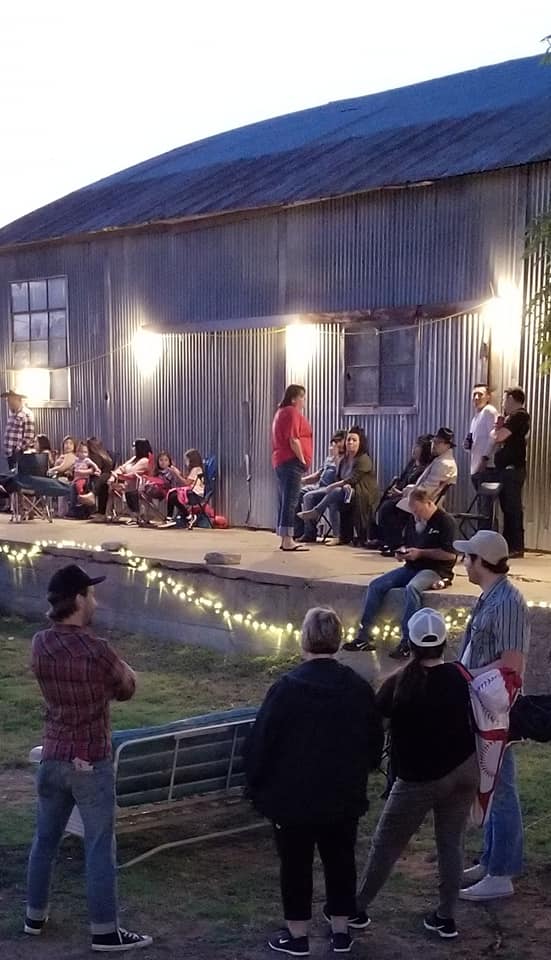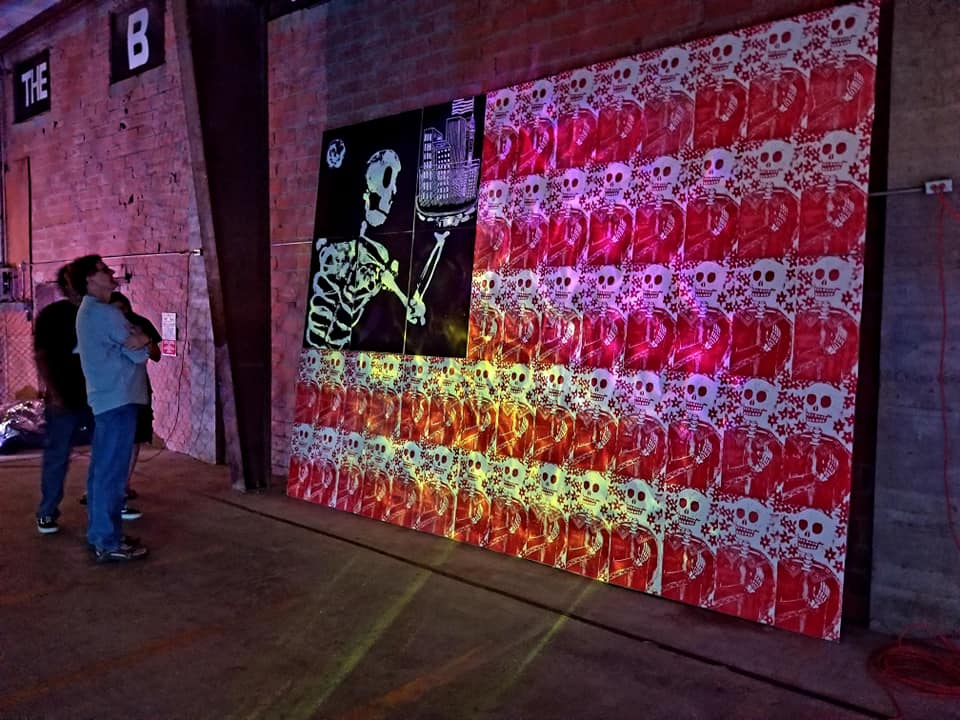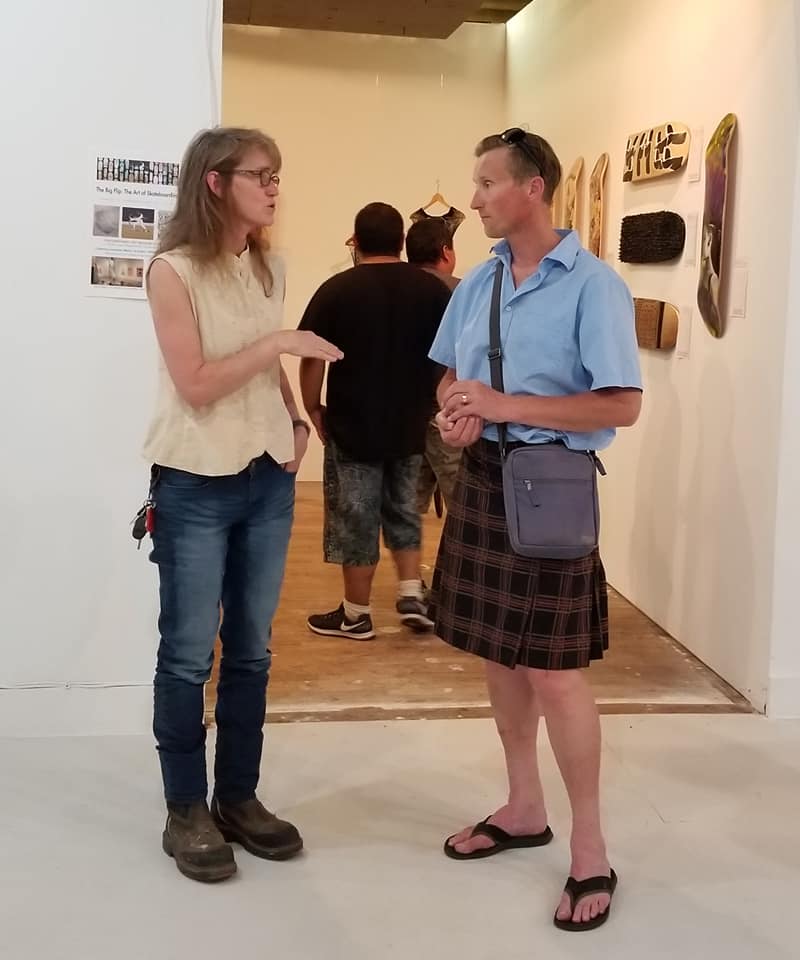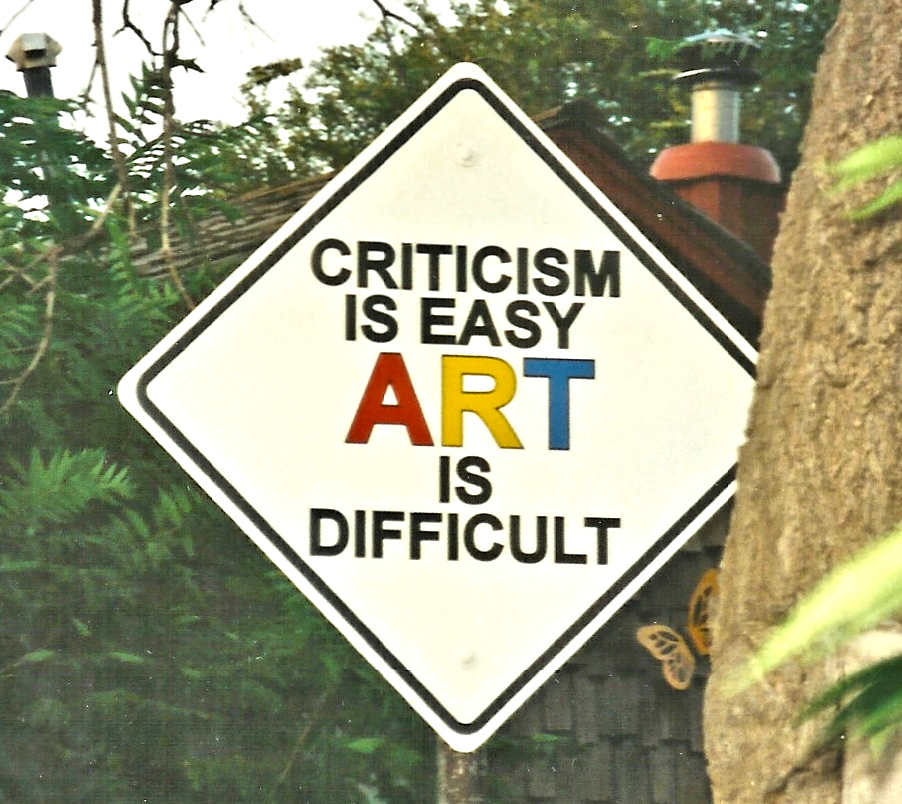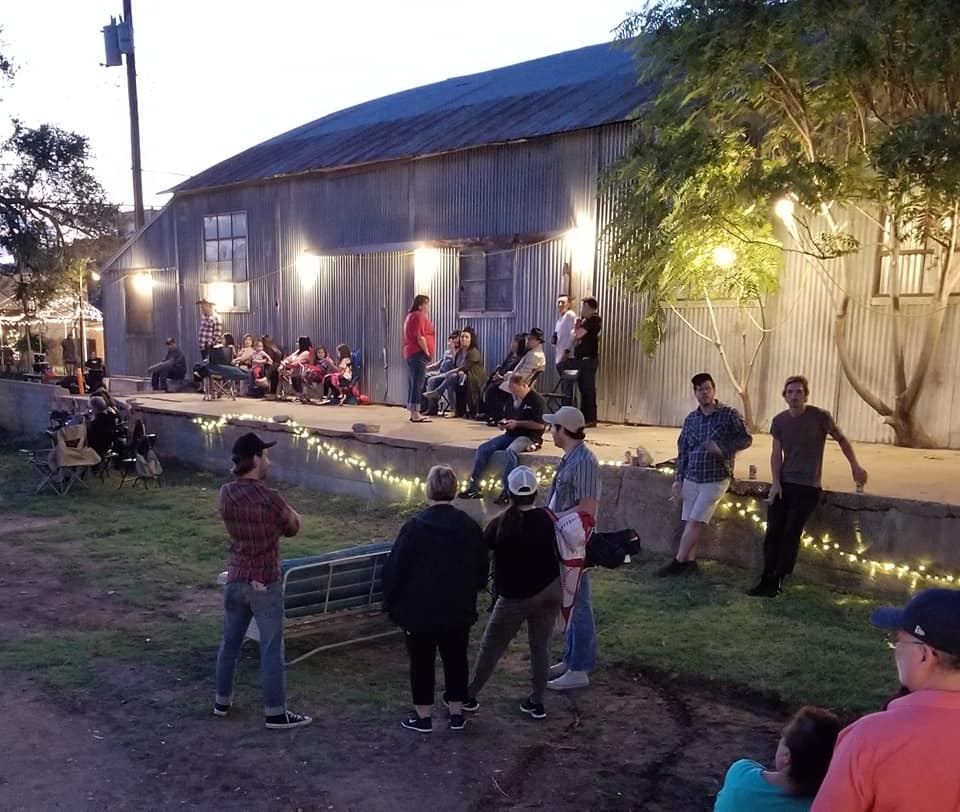Curators statement:
Scott Hyde is the hidden gem of the Amarillo art scene. He was central to Yellow City Art gallery and an icon for the younger artists who frequented the establishment. He had the ability to capture the most important moments, and always seemed to find himself at the right moment. He saw Miles Davis tell Thelonious Monk to get off the stage. He has imagery that shows a side of New York long forgotten and other images that show its growth over 40 years. He has a picture of Claes Oldenburg at his breakfast table…at his freaking breakfast table. He is a lefty and has the left hand photos of many other art world greats like Christo, Roy Lichtenstein and Ray Johnson. Scott Hyde is a slice of the real art world and we were lucky to find him at Yellow City. He is a true marvel and wanted his art to be accessible for the people. He was doing Photoshop before Photoshop, and would not teach me traditional photography. As he told me, “what you just did on the computer in two minutes, used to take me two weeks”, and he was adamant I should exploit the new digital technology. For the display in the Yellow City exhibition, I have chosen hang photos and prints from just one box from his archives in his preferred push pin and alligator clip method to demonstrate his virtuosity of photo technique. The box is also presented on a pedestal nearby, like a some strange monolith filled with enough imagery to fill the entire space with a multitude of techniques and scenes. From his willingness to share his pictures and knowledge, I have learned volumes from him about image-making, and am eternally grateful to the legend that is Scott Hyde.
-Jon Revett
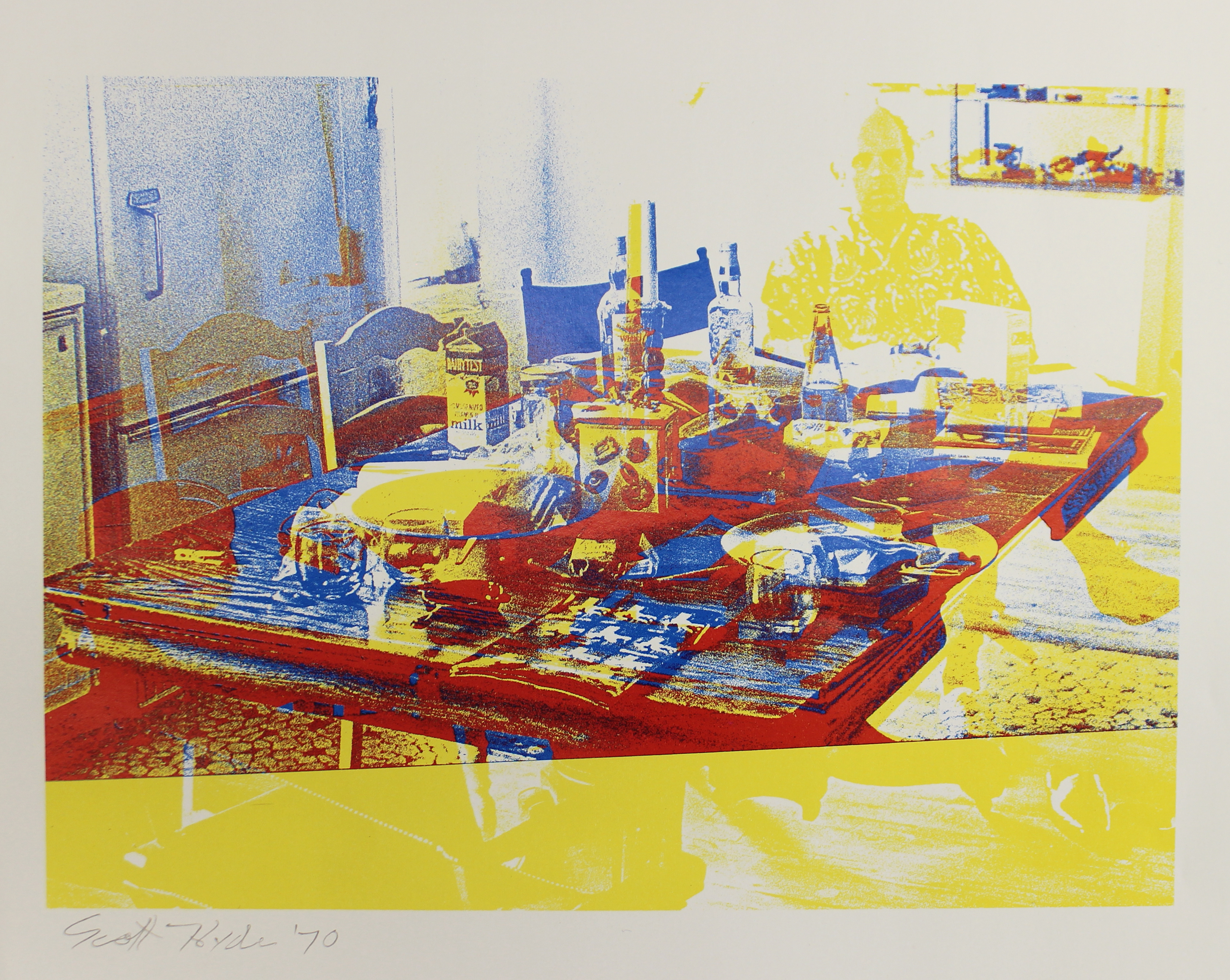
Scott Hyde is one of the 20th century’s most prolific and under-recognized photographers. Born in Montevideo, Minnesota on October 10, 1926, Scott was not destined to be a midwesterner for long. At the age of three the Hyde family moved west to Multnomah, Oregon, just outside of Portland. There with his mother, father, sister, and extended family, Scott grew up with a strong connection to the wooded wilderness surrounding them. Mimicking his father’s enthusiasm for photography, around age 12 Scott started taking pictures of his friends and the places they would explore. His father had fashioned a dark room in the basement of their home, and Scott’s film could be developed with relative quickness. Scott was also a bit of a tinkerer in his youth, spending a great deal of time at the work desk adjacent to the darkroom. His love for science and his innovative nature would carry on through his entire career as a photographer.
At the age of sixteen, Scott realized the music he enjoyed came predominately from the African-American community. He soon joined the ranks of the NAACP and, after graduating from Lincoln High School in 1944, he took a printing assistant position at a publication dedicated to “black culture.” This position lasted until he was accepted to the Art Center College of Design (ACCD) in Los Angeles. Scott hitchhiked to LA, where he learned a great deal at the Art Center.
After connecting with another student, Herta Sharland, the pair soon went to work on movie sets in Los Angeles. They would take stills during filming sessions, providing promotional images to magazines like LIFE. For example, they took action photos of a rehearsal for The Killers, Burt Lancaster’s first movie; the photos were featured in the September 2, 1946, issue of LIFE. Scott used his newfound skills to set up lighting and the tripod, in order for Sharland to snap the photo. After about two years in the LA area, Scott contacted a New York City friend and headed east.
In 1947, Scott began work in New York as a commercial photographer. Within weeks, he’d begun to make the rounds of the New York City art scene. Initially Scott roomed with a childhood friend, Alan Forte, who had moved to the area to study music. His love for jazz also led him to new friends, like Bob Dorough, a pianist from Texas. Together they frequented music venues like Birdland, where Scott would snap photos of performers such as Charlie Parker, Lester Young, Thelonious Monk, Miles Davis, and Dizzy Gillespie. Over the next thirty years, Scott would do commercial work for multiple magazines, ad agencies, and museums. In his free time he roamed the busy streets of Manhattan and took photos of everything he found interesting: subway riders, street scenes, storefronts. Often, he took to the rooftops of various apartment buildings to find shots both across and into the concrete jungle.
In 1965, Scott Hyde received a Guggenheim Fellowship for creative photography. In 1987, he moved to Amarillo, Texas, where he applied his keen eye to a new type of landscape. Scott still lives in Amarillo.
Other Yellow City Artists:

